Page 49 of 330
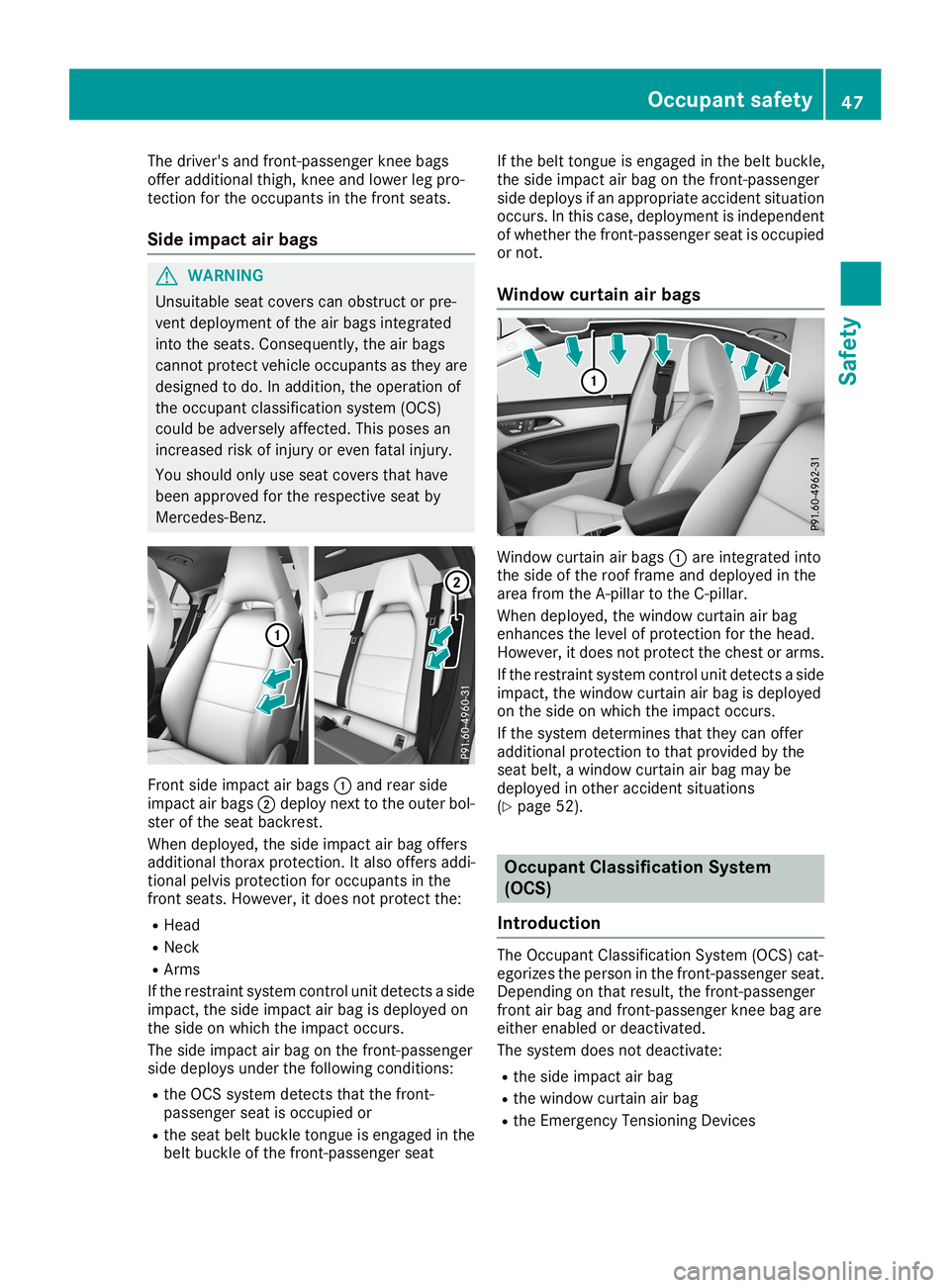
The
driver's andfront -passenger kneebags
offer additional thigh,kneeandlower legpro-
tect ionforthe occupant sin the front seats.
Side impa ctair bags G
WARNIN
G
Unsuitable seatcovers canobstruct orpre-
vent deployment ofthe airbags integr ated
into theseats. Consequently, theairbags
cann otprotec tvehicle occupant sas they are
designed todo. Inaddition, theoperation of
the occupant classification system(OCS)
could beadversely affected.This poses an
increased riskofinjury oreven fatalinjury.
You should onlyuseseat covers thathave
been approved forthe respect iveseat by
Mercedes- Benz. Fron
tside impact airbags 0043and rear side
impact airbags 0044deploy nexttothe outer bol-
ster ofthe seat backrest .
When deployed, theside impact airbag offers
additional thoraxprotection.Italso offers addi-
tional pelvis protec tionforoccupant sin the
front seats. However, itdoes notprotec tthe:
R Head
R Neck
R Arms
If the restr aintsystem controlunit detect sa side
impact, theside impact airbag isdeployed on
the side onwhich theimpact occurs.
The side impact airbag onthe front -passenger
side deploys underthefollowing conditions:
R the OCS system detectsthat thefront -
passenger seatisoccupied or
R the seat beltbuckle tongue isengaged inthe
belt buckle ofthe front -passenger seat If
the belt tongue isengaged inthe belt buckle,
the side impact airbag onthe front -passenger
side deploys ifan appropriate accidentsituation
occurs. Inthis case, deployment isindependent
of whether thefront -passenger seatisoccupied
or not .
Window curtainairbags Window
curtainairbags 0043are integr atedinto
the side ofthe roof frame anddeployed inthe
area from theA-pillar tothe C-pillar.
When deployed, thewindow curtainairbag
enhanc esthe level ofprotec tionforthe head.
However, itdoes notprotec tthe chest orarms.
If the restr aintsystem controlunit detect sa side
impact, thewindow curtainairbag isdeployed
on the side onwhich theimpact occurs.
If the system determin esthat they canoffer
additional protectiontothat provided bythe
seat belt, awindow curtainairbag may be
deployed inother accident situations
(Y page 52). Occupant
Classification System
(OCS)
Introdu ction The
Occupant Classification System(OCS)cat-
egorizes theperson inthe front -passenger seat.
Dependin gon that result, thefront -passenger
front airbag and front -passenger kneebagare
either enabled ordeactivated.
The system doesnotdeactivate:
R the side impact airbag
R the window curtainairbag
R the Emergen cyTensionin gDevices Occupant
safety
47Safety Z
Page 50 of 330
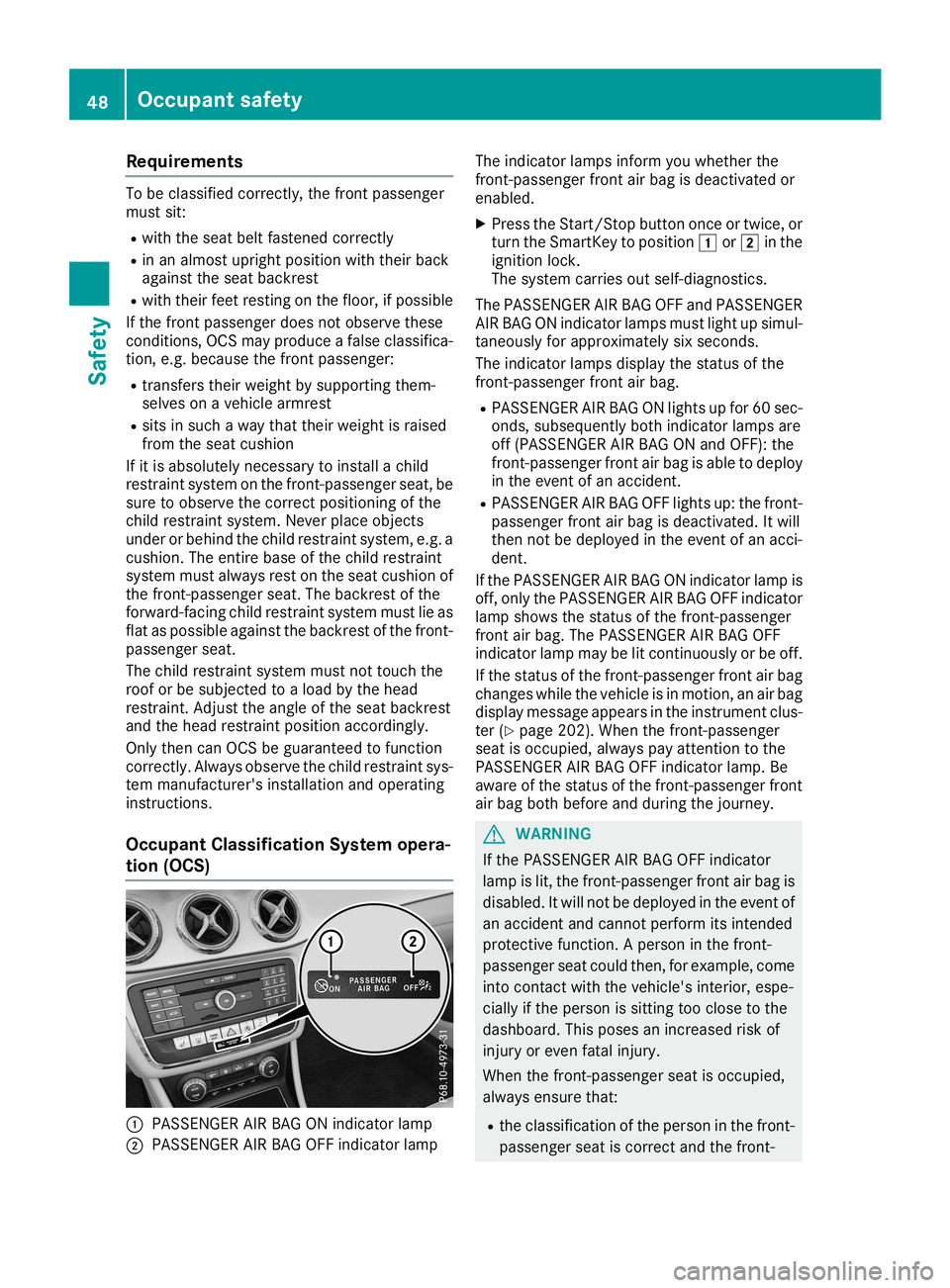
Requi
rements To
be classifiedcorre ctly,the front passe nger
mus tsit:
R with the seatbel tfas tened correctly
R in an almost uprig ht pos ition with thei rba ck
ag ainst the seatba ckrest
R with thei rfee tres ting onthe floor, ifpos sible
If the front passe nger doesnot observe these
condi tions,OC Smay produce afal se cla ssifica -
tion, e.g.because the front passe nger :
R trans ferstheirwe ight by supp orti ngthem-
sel ves onaveh iclearm rest
R sits insuch awa ythat theirwe ight israi sed
from theseatcus hion
If it is ab sol ute lyneces sary to insta lla chi ld
res trai ntsystem onthe front-p asseng ersea t,be
su re to obs erve thecorre ctpos itioning ofthe
chi ldres trai ntsystem. Neverpl ace obje cts
und eror beh indthe childres trai ntsystem, e.g.a
cus hion.The entir eba se ofthe childres trai nt
sy stem mustal wa ysres ton the seatcus hionof
the front-p asseng ersea t.The backrest ofthe
forw ard-faci ngchi ldres trai ntsystem mustlie as
fla tas pos sibleag ainst the backrest ofthe front-
pa sse nger seat.
The childres trai ntsystem mustnot touchthe
roo for be subjecte dto aload bythe head
res trai nt.Adju stthe angleof the seatba ckrest
and theheadres trai ntpos ition acco rdingly .
Only thencanOCSbe guara nteed tofuncti on
corre ctly.Alw aysobs erve thechildres trai ntsys-
tem manu facturer'sinsta llati on and operating
instru ctions .
Oc cupa ntClass ificati onSys tem opera-
tio n(O CS ) 0043
PASSENG ERAIR BAG ONindicator lamp
0044 PASSENG ERAIR BAG OFFindicator lamp The
indicator lamps informyouwh ethe rthe
front-p asseng erfront airba gis dea ctiva tedor
ena bled.
X Pre ssthe Start/Sto pbu tton once ortwi ce, or
turn theSmar tKeytopos ition 0047 or0048 inthe
ig niti onlock.
The system carriesou tsel f-di agnosti cs.
The PASSENG ERAIR BAG OFFandPASSENG ER
AIR BAG ONindicator lamps mustlight upsim ul-
tane ously for appro xima telysixseco nds.
The indicator lamps displ aythe statu sof the
front-p asseng erfront airba g.
R PASSENG ERAIR BAG ONlights upfor 60sec-
onds ,su bse quently bothindicator lamps are
off (PASSEN GERAIRBAG ONand OFF) :the
front-p asseng erfront airba gis ab leto dep loy
in the eventofan acci dent.
R PASSENG ERAIR BAG OFFlights up:the front-
pa sse nger front airba gis dea ctiva ted.Itwi ll
then notbedep loye din the eventofan acci -
dent.
If the PASSENG ERAIR BAG ONindicator lamp is
off, only thePASSENG ERAIR BAG OFFindicator
la mp showsthe statu sof the front-p asseng er
front airba g. The PASSENG ERAIR BAG OFF
ind icator lamp may belit continu ously orbe off.
If the statu sof the front-p asseng erfront airba g
cha nges while the vehicleis in moti on,anairba g
di spl aymes sage appea rsinthe instr umentclu s-
ter (Ypage 202). Whenthe front-p asseng er
sea tis occu pied, alwa yspayattenti ontothe
PASSENG ERAIR BAG OFFindicator lamp. Be
aw are ofthe statu sof the front-p asseng erfront
ai rba gboth before and during thejourney . G
WARNI
NG
If the PASSENG ERAIR BAG OFFindicator
la mp islit, the front-p asseng erfront airba gis
di sa bled. Itwi llnot bedep loye din the eventof
an acci dent andcanno tper form itsintend ed
pro tectiv efuncti on.Aper son inthe front-
pa sse nger seatcou ldthen, forexa mpl e,come
into conta ctwith the vehicle's inter ior, esp e-
cia lly if the person issitti ngtoo closetothe
da shb oard. Thispos esan incre ased riskof
inju ryor eve nfata linju ry.
Whe nthe front-p asseng ersea tis occu pied,
al wa ysensu rethat:
R the classifica tion ofthe person inthe front-
pa sse nger seatis corre ctand thefront- 48
Oc
cupan tsafe tySafe ty
Page 51 of 330

passenger
frontair bag isenabled ordisa-
bled inaccor dance withtheperson inthe
fron t-passenger seat
R the fron t-passenger seathasbeen moved
back asfar back aspossible.
R the person isseated correctly.
Make sure,bothbefore andduring thejour-
ney, thatthestatusofthe fron t-passenger
fron tair bag iscorr ect. G
WARN
ING
If you secure achild inarearward-f acingchild
rest raint system onthe fron t-passenger seat
and thePAS SENGER AIRBAGOFF indicat or
lamp isoff, thefron t-passenger frontair bag
can deploy inthe event ofan acciden t.The
child could bestruck bythe airbag. Thisposes
an incr eased riskofinjury oreven fatalinjury.
Make surethatthefron t-passenger frontair
bag hasbeen deactiv ated.ThePASSENGER
AIR BAGOFF indicat orlamp must belit.
NEV ERuse arearward-f acingchildrestraint
on aseat prote cted byan ACTIVE FRONTAIR-
BA Gin fron tof it;DE ATH orSERIOUS INJURY
to the child canoccur.
If the PAS SENGER AIRBAGOFF indicat orlamp
stays off,donot installarearward-f acingchild
rest raint system onthe fron t-passenger seat.
You canfind more information onOCS under
"Problems withtheOcc upant Classification Sys-
tem" (Ypage 51). G
WARN
ING
If you secure achild inaforward- facingchild
rest raint system onthe fron t-passenger seat
and youposition thefron t-passenger seattoo
close tothe dashboard, inthe event ofan
acciden t,the child could:
R come intocon tact with thevehicle's inte-
rior ifthe PAS SENGER AIRBAGOFF indi-
cator lampislit, for example
R be struck bythe airbag ifthe PAS SENGER
AIR BAGOFF indicat orlamp isoff
This poses anincr eased riskofinjury oreven
fatal injury. Always
movethefron t-passenger seatasfar
back aspossible andfully retract the seat
cushion length.Always makesurethatthe
shoulder beltstrap iscorr ectlyrouted from
the vehicle beltsash guide tothe shoulder
belt guide onthe child restraint system. The
shoulder beltstrap must berouted forwards
and downwards fromthevehicle beltsash
guide. Ifnec essary, adjustthevehicle belt
sash guide andthefron t-passenger seat
accor dingly. Always observe thechild
rest raint system manufact urer'sinstallation
inst ruct ions.
If OCS determ inesthat:
R The front-passenger seatisunocc upied, the
PAS SENGER AIRBAGOFF indicat orlamp
lights upafter thesystem self-testand
remains lit.This indicat esthat thefron t-
passenger frontair bag isdeactiv ated.
R The front-passenger seatisocc upied bya
child ofup totwelve monthsold, inastan dard
child restraint system, thePAS SENGER AIR
BA GOFF indicat orlamp lights upafter the
system self-testand remains lit.This indi-
cates thatthefron t-passenger frontair bag is
deactiv ated.
But even inthe case ofatwelve- month-old
child, inastan dard child restraint system, the
PAS SENGER AIRBAGOFF indicat orlamp can
go out after thesystem self-test.This indi-
cates thatthefron t-passenger frontair bag is
activ ated. Theresult ofthe classific ationis
dependen ton, among otherfactors, thechild
rest raint system andthechild's stature. Itis
recom mended thatyouinstallthe child
rest raint system onasuitable rearseat.
R The front-passenger seatisocc upied bya
person ofsmaller stature (e.g. ateen ager or
small adult), thePAS SENGER AIRBAGOFF
indicat orlamp lights upand remains litafter
the system self-testdependin gon the result
of the classific ationor,altern atively, goesout.
- Ifthe PAS SENGER AIRBAGOFF indicat or
lamp isoff, move thefron t-passenger seat Occupant
safety
49Safet y Z
Page 52 of 330
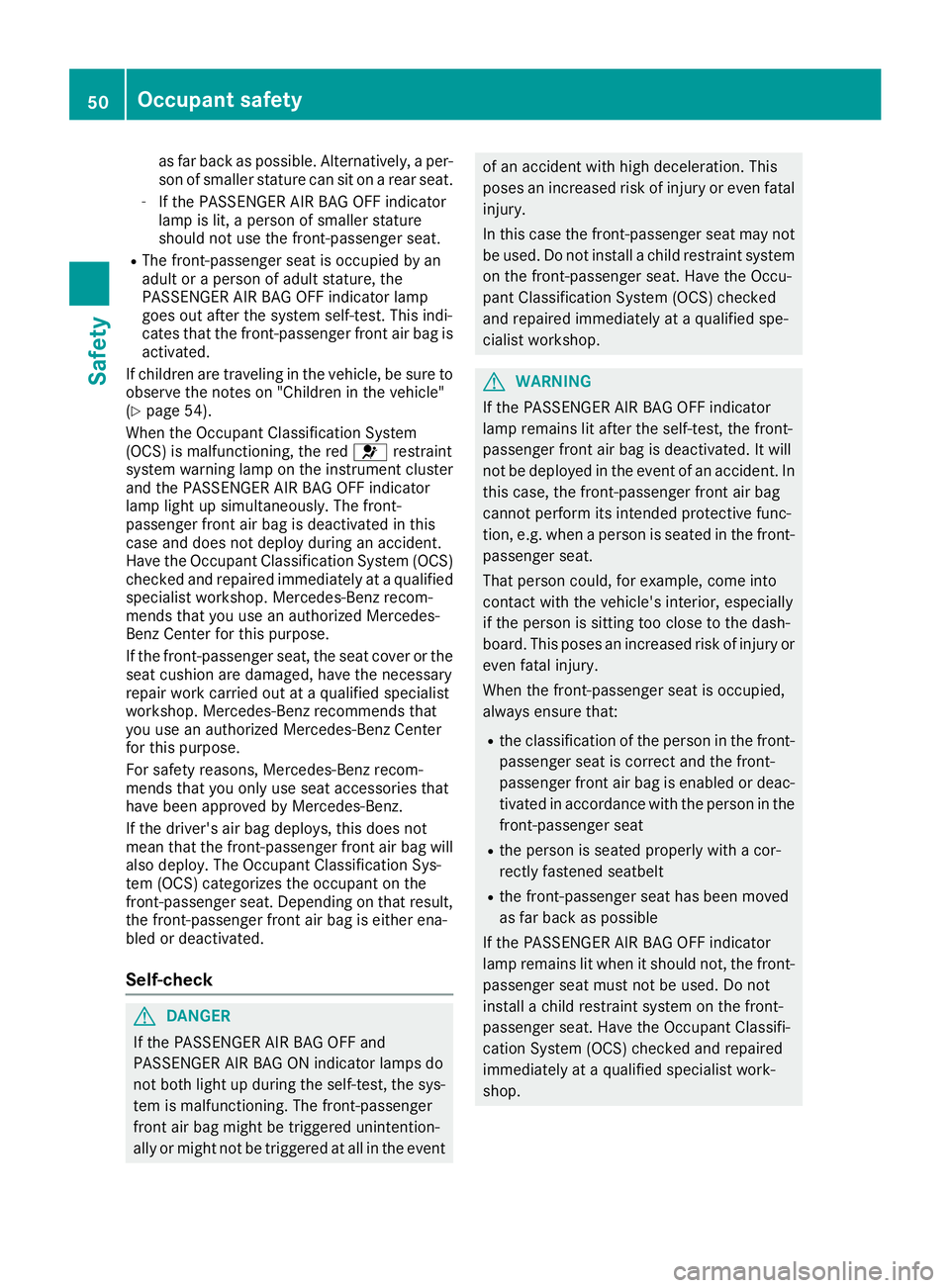
as
far back asposs ible.Altern ativ ely, aper-
son ofsmall erstatur ecan siton arear seat.
- Ifth ePA SS EN GER AIR BA GOF Find icat or
lamp islit,a pers onofsmall erstatur e
shoul dno tuse thefron t-passe nger seat .
R The fron t-passe nger seat isocc upied byan
adult orapers onofadult statur e,the
PA SS EN GER AIR BA GOF Find icat orlamp
goes outafterthesyst emself-test .This indi-
cat esthat thefron t-passe nger fron tair bag is
act ivat ed.
If ch ildre nare travelin gin theveh icle,be sure to
obse rveth eno teson "Childr enintheveh icle"
(Y page 54).
When theOc cupan tClassif ication Syst em
(OCS )is malf unctionin g,thered 0075 restraint
syst emwarn inglamp ontheins trumen tclus ter
and thePA SS EN GER AIR BA GOF Find icat or
lamp lightupsimul taneously. Thefron t-
passe nger fron tair bag isdeac tivate din this
cas eand does notdeplo ydurin gan acc iden t.
Hav eth eOc cupan tClassif icationSyst em(OCS )
ch eck edand repai redimm ediat elyataqualifi ed
spec ialist workshop.Mer cedes-Ben zrec om-
men dsthat you useanauth orizedMer cedes-
Ben zCent erfor this purpo se.
If th efron t-passe nger seat ,th eseat coveror the
seat cushion aredamage d,have thenec essar y
repai rwork carried outataqualifi edspec ialist
work shop.Mer cedes-Ben zrec omm endsth at
you useanauth orizedMer cedes-Ben zCent er
for this purpo se.
For safe tyreas ons,Mer cedes-Ben zrec om-
men dsthat you onlyuse seat accesso riesthat
have been appro vedbyMer cedes-Ben z.
If th edriv er'sair bag deplo ys,this does not
mean that thefron t-passe nger fron tair bag will
also deplo y.The Occupan tClassif ication Sys-
te m (OCS )cat egor izesth eocc upant onthe
fr on t-passe nger seat .De pen dingon that res ult,
th efron t-passe nger fron tair bag iseit her ena-
bled ordeac tivate d.
Self- check G
DANG
ER
If th ePA SS EN GER AIR BA GOF Fand
PA SS EN GER AIR BA GON indicat orlamps do
no tbot hlight updurin gth eself -test ,th esys-
te m ismalf unctionin g.The fron t-passe nger
fr on tair bag migh tbe trigger edunin tent ion -
ally ormigh tno tbe trigger edatall intheeven t of
an acc iden twith high deceler ation.This
pose san increas edrisk ofinjury oreven fatal
inj ury.
In this cas eth efron t-passe nger seat maynot
be used. Donotins tall ach ild res traint system
on thefron t-passe nger seat .Hav eth eOc cu-
pant Classif ication Syst em(OCS )ch eck ed
and repai redimm ediat elyataqualifi edspe-
cialis twork shop. G
WAR
NING
If th ePA SS EN GER AIR BA GOF Find icat or
lamp remains litaft ertheself -test ,th efron t-
passe nger fron tair bag isdeac tivate d.Itwill
no tbe deplo yedintheeven tof an acc iden t.In
th is cas e,thefron t-passe nger fron tair bag
can notperf orm itsintend edprot ective func-
tio n,e.g .when apers onisseat edinthefron t-
passe nger seat .
That personcoul d,for exam ple,com eint o
con tactwith theveh icle'sint erio r,espe cially
if th epers onissit tin gto oclo setothedash-
board .This pose san inc reas edrisk ofinj ury or
even fatalinj ury.
When thefron t-passe nger seat isocc upied,
always ensure that:
R theclas sificat ionofthepers oninthefron t-
passe nger seat iscor rectand thefron t-
passe nger fron tair bag isenab ledordeac -
tiv ate din acc ordan cewith thepers oninthe
fr on t-passe nger seat
R thepers onisseat edprop erlywith acor -
rec tlyfast enedseat belt
R thefron t-passe nger seat hasbeen moved
as far back asposs ible
If th ePA SS EN GER AIR BA GOF Find icat or
lamp remains litwhen itshoul dno t,th efron t-
passe nger seat must notbe used. Donot
ins tall ach ild res traint systemonthefron t-
passe nger seat .Hav eth eOc cupan tClassif i-
cat ion Syst em(OCS )ch eck edand repai red
imm ediat elyataqualifi edspec ialist work-
shop . 50
Occup
antsafetySaf ety
Page 53 of 330
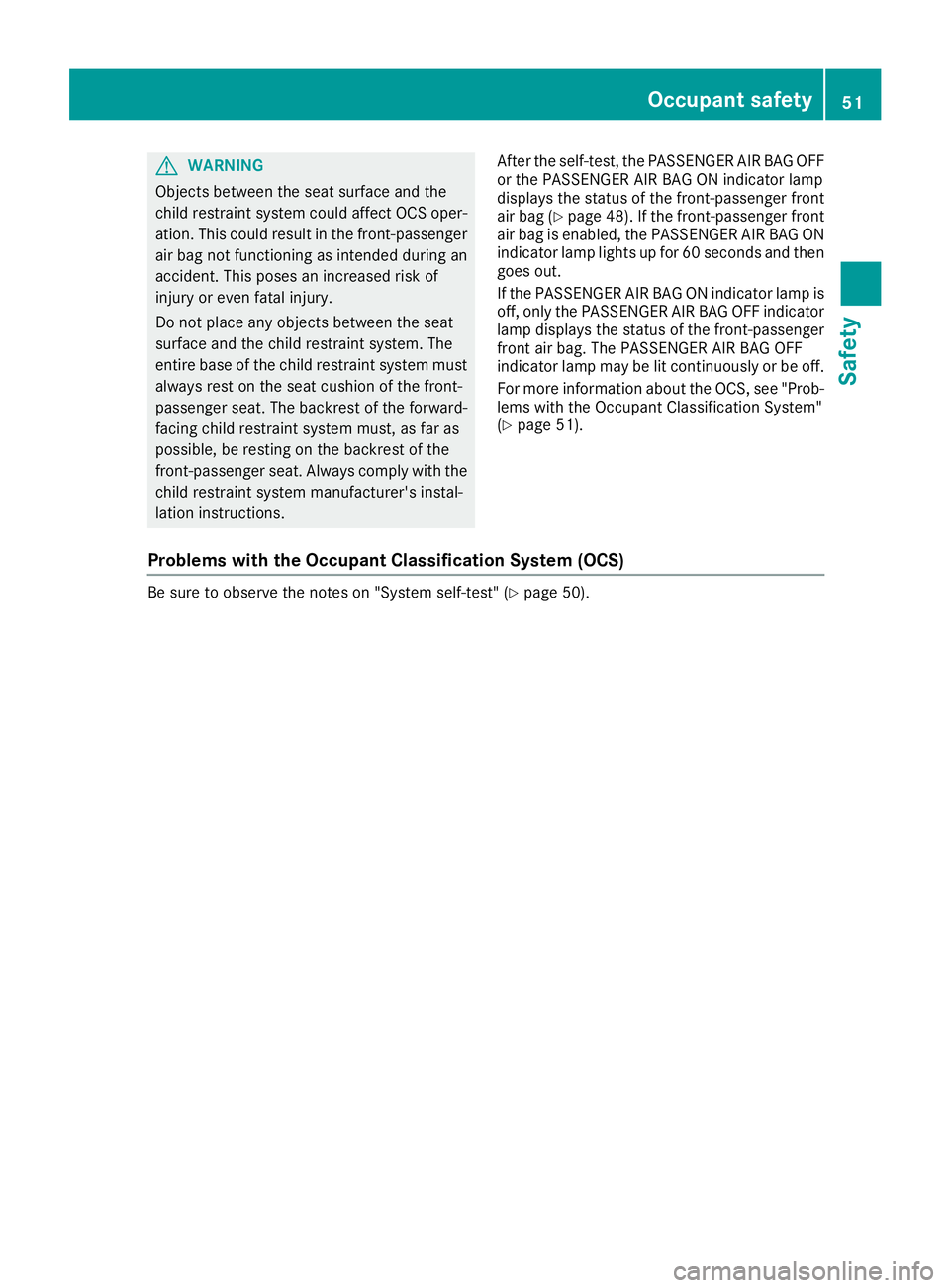
G
WARNING
Objects betweenthe seat surfa ceand the
child restrai ntsystem couldaffect OCSoper-
ation. Thiscouldresu ltin the front-passenge r
air bag notfunctioning asintended duringan
accide nt.This poses anincreas edrisk of
injury oreven fatalinjury .
Do not placeany objects betweenthe seat
surfa ceand thechild restrai ntsystem. The
entire baseofthe child restrai ntsystem must
alw aysrest onthe seat cushi onofthe front-
pass enger seat.Thebackrest ofthe forwa rd-
facing childrestrai ntsystem must,asfar as
possi ble,be resting onthe backrest ofthe
front-passenge rseat. Alwayscomply withthe
child restrai ntsystem manufacturer's instal-
lati on instructions. After
theself-test, thePASSENGER AIRBAG OFF
or the PASSENGER AIRBAG ONindica torlamp
disp laysthe status ofthe front-passenge rfront
air bag (Ypag e48). Ifthe front-passenge rfront
air bag isenabl ed,the PASSENGER AIRBAG ON
indica torlamp lights upfor 60seconds andthen
goes out.
If the PASSENGER AIRBAG ONindica torlamp is
off, only thePASSENGER AIRBAG OFFindica tor
lamp displaysthe status ofthe front-passenge r
front airbag .The PASSENGER AIRBAG OFF
indica torlamp maybelitcontinuou slyorbe off.
For more informati onabo utthe OCS, see"Pro b-
lems withtheOccupa ntCla ssifi cation System"
(Y pag e51).
Probl emswith the Occupant Classificatio nSystem (OCS) Be
sure toobser vethe notes on"Sys tem self-test" (Ypag e50). Occ
upant safety
51Safety Z
Page 54 of 330
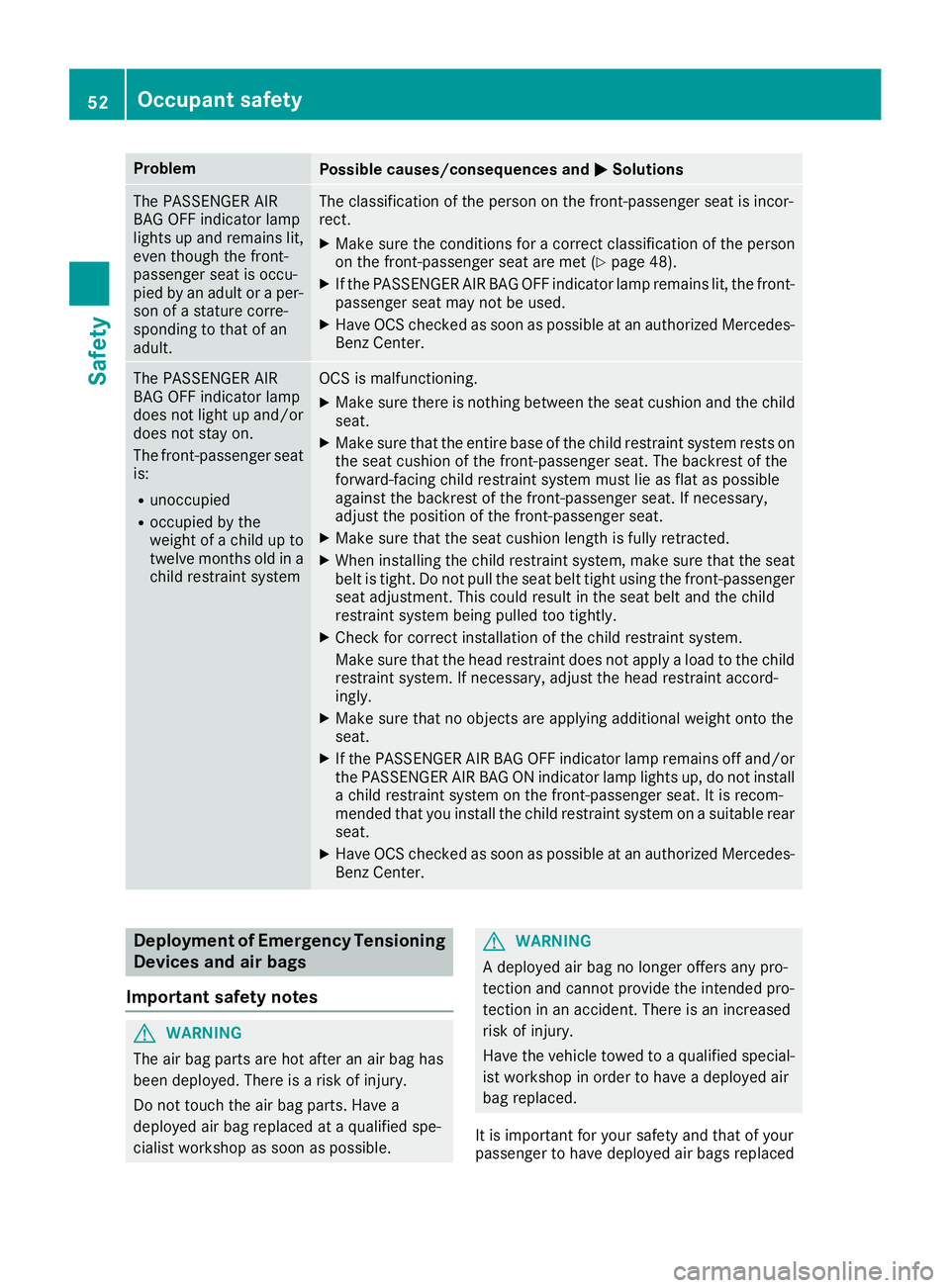
Problem
Possible
causes/co nsequences and0050 0050
Solutions The
PASS ENGER AIR
BAG OFFindicator lamp
lights upand remains lit,
even though thefront -
passenger seatisoccu-
pied byan adult oraper-
son ofastature corre-
sponding tothat ofan
adult. The
classification ofthe person onthe front -passenger seatisincor-
rect.
X Make surethecondition sfor acorrect classification ofthe person
on the front -passenger seataremet (Ypage 48).
X Ifthe PASS ENGER AIRBAG OFFindicator lampremains lit,the front -
passenger seatmaynotbeused.
X Have OCScheck edassoon aspossible atan authorized Mercedes-
Benz Center. The
PASS ENGER AIR
BAG OFFindicator lamp
does notlight upand/or
does notstay on.
The front -passenger seat
is:
R unoccupied
R occupied bythe
weight ofachild upto
twelve monthsold ina
child restraint system OCS
ismalfunctionin g.
X Make surethere isnothin gbetween theseat cushion andthechild
seat.
X Make surethattheentire baseofthe child restraint systemrestson
the seat cushion ofthe front -passenger seat.Thebackrest ofthe
forward-facing childrestraint systemmustlieasflat aspossible
against thebackrest ofthe front -passenger seat.Ifnecessary,
adjust theposition ofthe front -passenger seat.
X Make surethattheseat cushion lengthisfully retract ed.
X When installing thechild restraint system,makesurethattheseat
belt istight. Donot pull theseat belttight using thefront -passenger
seat adjustment .This could result inthe seat beltandthechild
restraint systembeingpulled tootightly.
X Check forcorrect installation ofthe child restraint system.
Make surethatthehead restraint doesnotapply aload tothe child
restraint system.Ifnecessary, adjustthehead restraint accord-
ingly.
X Make surethatnoobject sare apply ingadditional weightontothe
seat.
X Ifthe PASS ENGER AIRBAG OFFindicator lampremains offand/or
the PASS ENGER AIRBAG ONindicator lamplights up,donot install
a child restraint systemonthe front -passenger seat.Itis recom-
mended thatyouinstall thechild restraint systemonasuitable rear
seat.
X Have OCScheck edassoon aspossible atan authorized Mercedes-
Benz Center. Deployment
ofEmergency Tensioning
Devic esand airbags
Import antsafety notes G
WARNING
The airbag parts arehot after anair bag has
been deploye d.There isarisk ofinjury.
Do not touch theairbag parts. Havea
deploye dair bag replaced ataquali fiedspe-
cialist workshop assoon aspossible. G
WARNING
A deploye dair bag nolonger offersanypro-
tect ionand cannot provide theinten dedpro-
tect ioninan accident. Thereisan increased
risk ofinjury.
Have thevehicle towedtoaquali fiedspecial-
ist workshop inorder tohave adeploye dair
bag replaced.
It is important foryour safety andthat ofyour
passenger tohave deploye dair bags replaced 52
Occ
upantsafetySafety
Page 55 of 330
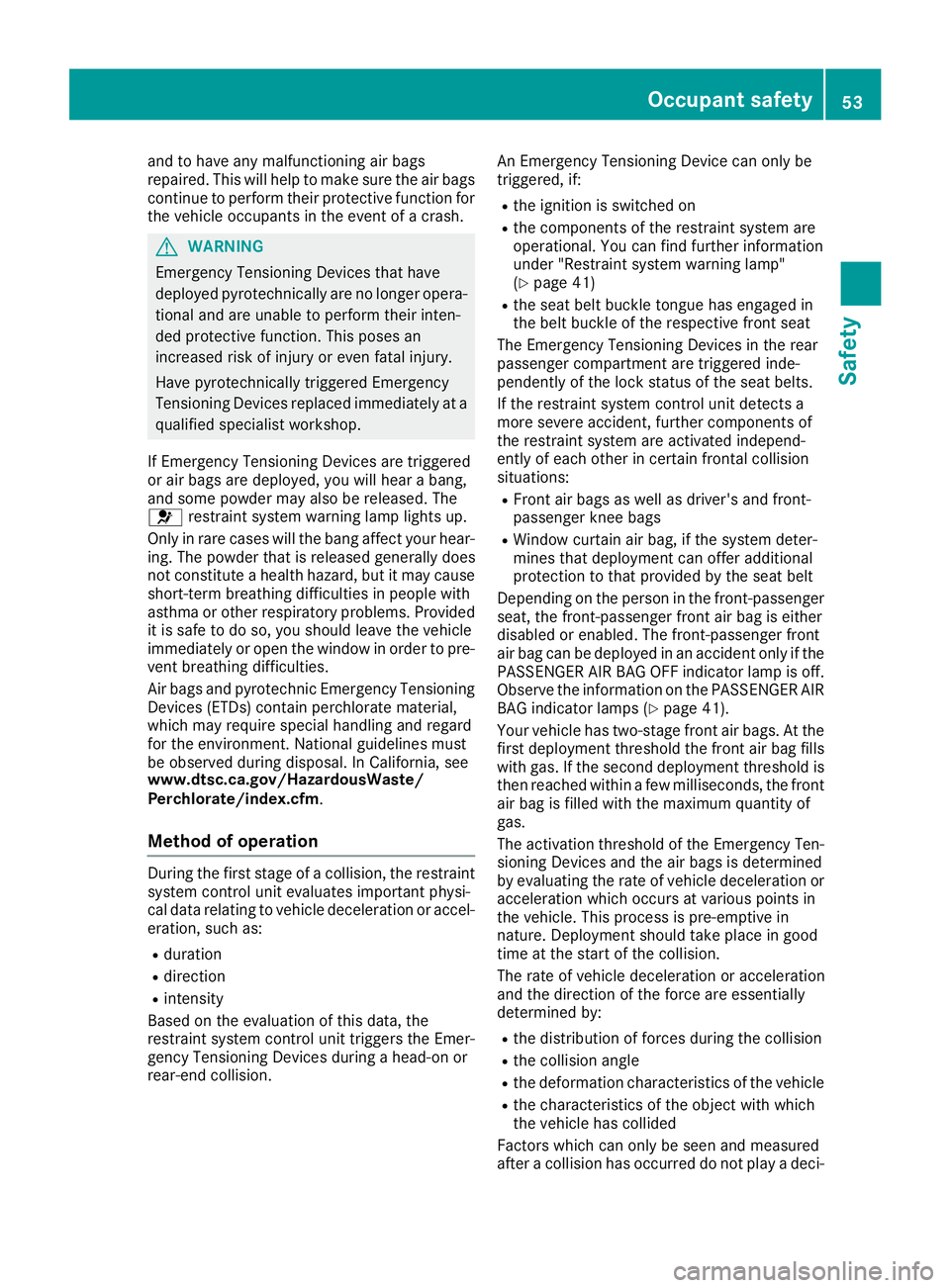
and
tohave anymalf unctionin gair bags
repai red.This willhelp tomak esure theair bags
con tinue toperf orm their prot ective function for
th eveh icle occupant sin theeven tof acr ash. G
WAR
NING
Em erg enc yTen sion ingDevic es that have
deplo yedpyrot echnically arenolon ger oper a-
tio nal and areunabl eto perf orm their inten-
ded protective function .This pose san
inc reas edrisk ofinjury oreven fatalinj ury.
Hav epyrot echnically trigger edEm erg enc y
Ten sion ingDevic esrepl aced immediat elyata
qualifi edspec ialist workshop.
If Em erg enc yTen sion ingDevic es are trigger ed
or air bags aredeplo yed,youwillhear abang ,
and somepowder mayalsoberele ased. The
0075 restraint systemwarn inglamp lightsup.
On lyin rar ecas eswill thebang affect your hear-
ing .The powder that isrele ased generally does
no tcon stitut eahealt hhaz ard, butitmay cause
shor t-te rm breat hingdiff icult iesinpeopl ewith
ast hma orother respirat oryprob lems .Pro vide d
it is safe todo so, you shoul dleave theveh icle
imm ediat elyoropen thewind owinorde rto pre-
ven tbreat hingdiff icult ies.
Air bags andpyrot echnicEmerg enc yTen sion ing
De vic es (ET Ds)con tain perc hloratemat erial,
whic hmay requi respec ialhan dlingand regard
for theenv iron men t.Nat ionalguideli nesmust
be obse rved durin gdispo sal.InCalifo rnia, see
www.d tsc.ca .gov/Ha zardousW aste/
Per chlor ate/ind ex.cfm .
Met hod ofoper ation Dur
ingthefir st stage ofacol lision ,th eres traint
syst emcontrol unit evaluat esimpo rtant physi-
cal datarelat ingtoveh icle deceler ationor acc el-
erat ion,suc has:
R durat ion
R dire ction
R int ens ity
Bas edon theevaluat ionofthis dat a,the
res traint systemcontrol unit trigger sth eEm er-
gen cyTen sion ingDevic es durin gahead- onor
rear -endcol lision . An
Emerg enc yTen sion ingDevic ecan onlybe
tr igger ed,if:
R theign ition isswit ched on
R thecom ponentsof theres traint systemare
oper ational. You canfindfur ther inform ation
unde r"Rest raintsyst emwarn inglamp"
(Y page 41)
R theseat beltbuck letong ue has engaged in
th ebelt buck leof theres pec tivefron tseat
The Emerg enc yTen sion ingDevic es intherear
passe nger com partmen tare trigger edinde-
pen dentlyoftheloc kst atus oftheseat belts.
If th eres traint systemcontrol unit detectsa
mor esev ere acciden t,fur ther com ponentsof
th eres traint systemare activat edindepen d-
ent lyof each other incer tain fron tal collision
sit uatio ns:
R Fron tair bags aswell asdriv er'sand fron t-
passe nger knee bags
R Win dow curtain airbag, ifth esyst emdeter-
min esthat deplo ymentcan offeraddit ional
prot ection tothat prov ided bytheseat belt
De pen dingon thepers oninthefron t-passe nger
seat ,th efron t-passe nger fron tair bag iseit her
disable dor enab led.Thefron t-passe nger fron t
air bag canbedeplo yedinan acc iden ton lyifth e
PA SS EN GER AIRBA GOF Find icat orlamp isoff .
Obse rveth einf orm ationon thePA SS EN GER AIR
BA Gind icat orlamps (Ypage 41).
Your vehicle has two-stag efron tair bags. Atthe
fir st deplo ymentth res hold thefron tair bag fills
with gas.Ifth esec onddeplo ymentth res hold is
th en reac hedwith inafew millis econds,th efron t
air bag isfille dwith themax imum quantityof
gas.
The activat ion thres hold oftheEm erg enc yTen -
sion ingDevic es and theair bags isdet erm ined
by evaluat ingtherat eof veh icle deceler ationor
acc eler ationwhic hocc urs atvar ious pointsin
th eveh icle.This processispre- empt ivein
nat ure. Deploym entshoul dtak eplace ingood
tim eat thest art ofthecol lision .
The rateof veh icle deceler ationor acc eler ation
and thedire ction ofthefor ce are esse ntially
det erm inedby:
R thedist ribut ionoffor ces durin gth ecol lision
R thecol lision angle
R thedefo rmatio nch arac terist ics oftheveh icle
R thech arac terist ics oftheobj ect with which
th eveh icle has collided
Fac tors whic hcan onlybe seen andmeas ured
aft eracol lision hasoccurre ddo notplay adec i- Occup
antsafety
53Safety Z
Page 56 of 330
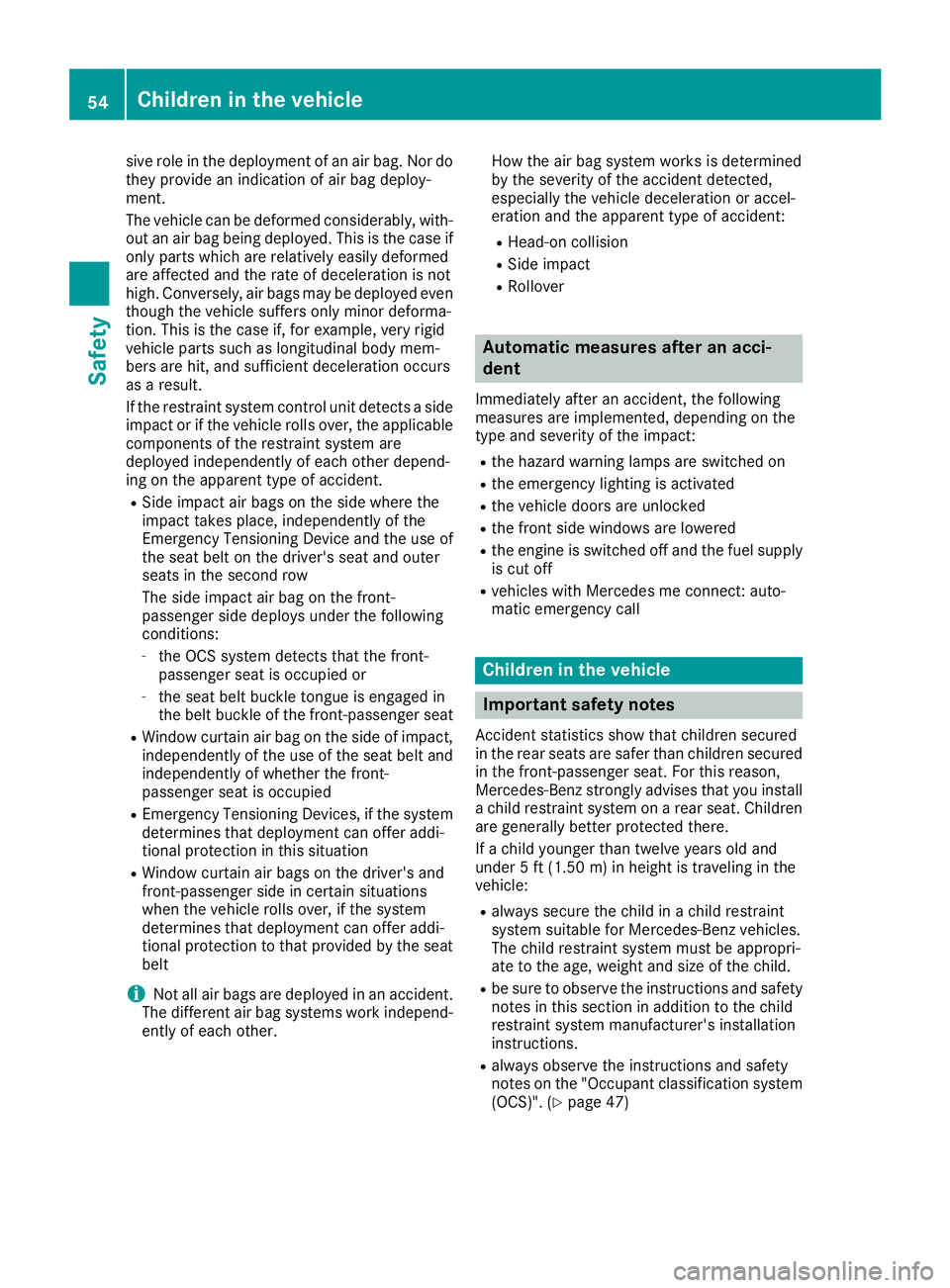
sive
roleinthe deploy mentofan air bag. Nordo
they provide anindication ofair bag deploy -
ment.
The vehicle canbedeformed considerably, with-
out anair bag being deploy ed.This isthe case if
only parts which arerelatively easilydeformed
are affected andtherate ofdeceleration isnot
high. Conversely, airbags maybedeploy edeven
though thevehicle suffersonlyminor deforma-
tion. Thisisthe case if,for example, veryrigid
vehicle partssuchaslongitudinal bodymem-
bers arehit,and sufficient deceleration occurs
as aresult.
If the restraint systemcontrolunit detects aside
impact orifthe vehicle rollsover, theappli cable
component sof the restraint systemare
deploy edindependently ofeach other depend-
ing onthe appa renttype ofaccident.
R Side impact airbags onthe side where the
impact takesplace, independently ofthe
Emergenc yTensioning Deviceandtheuse of
the seat beltonthe driver's seatandouter
seats inthe second row
The side impact airbag onthe front -
passenger sidedeploy sunder thefollowi ng
conditions:
- the OCS system detects thatthefront -
passenger seatisoccupied or
- the seat beltbuckle tongue isengaged in
the belt buckle ofthe front -passenger seat
R Window curtainairbag onthe side ofimpact,
independently ofthe use ofthe seat beltand
independently ofwhether thefront -
passenger seatisoccupied
R Emergenc yTensioning Devices,ifthe system
determines thatdeploy mentcanoffer addi-
tional protection inthis situation
R Window curtainairbags onthe driver's and
front -passenger sideincertain situations
when thevehicle rollsover, ifthe system
determines thatdeploy mentcanoffer addi-
tional protection tothat provided bythe seat
belt
i Not
allair bags aredeploy edinan accident.
The different airbag systems workindepend-
ently ofeach other. How
theairbag system worksisdetermined
by the severity ofthe accident detected,
especial lythe vehicle deceleration oraccel-
eration andtheappa renttype ofaccident:
R Head-on collision
R Side impact
R Roll over Automatic
measuresafteranacci-
dent
Immediately afteranaccident, thefollowi ng
measures areimplemented, dependingonthe
type andseverity ofthe impact:
R the hazard warning lampsareswitched on
R the emergency lightingisactivated
R the vehicle doorsareunlocked
R the front sidewindows arelowered
R the engine isswitched offand thefuel supply
is cut off
R vehicles withMercedes meconn ect:auto-
matic emergency call Children
inthe vehicl e Importa
ntsafety notes
Acc ident statistics showthatchildren secured
in the rear seats aresafer thanchildren secured
in the front -passenger seat.Forthis reason,
Mercedes-Benz stronglyadvisesthatyouinstall
a child restraint systemonarear seat. Children
are generally betterprotected there.
If achild younger thantwelve yearsoldand
under 5ft (1.50 m)inheight istraveling inthe
vehicle:
R alwa yssecure thechild inachild restraint
system suitable forMercedes-Benz vehicles.
The child restraint systemmustbeappropri-
ate tothe age, weight andsize ofthe child.
R be sure toobserve theinstruct ionsandsafety
notes inthis section inaddition tothe child
restraint systemmanufacturer's installation
instruct ions.
R alwa ysobserve theinstruct ionsandsafety
notes onthe "Occupant classification system
(OCS)". (Ypage 47) 54
Children
inthe vehicl eSafety
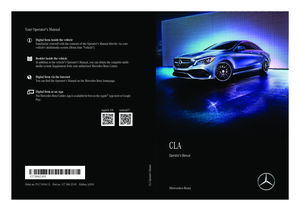 1
1 2
2 3
3 4
4 5
5 6
6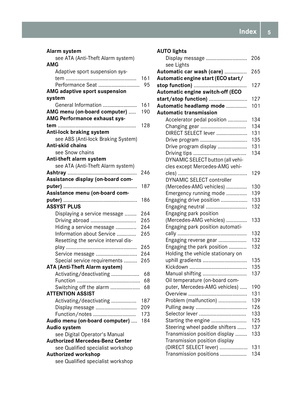 7
7 8
8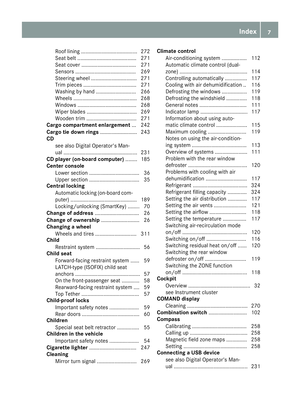 9
9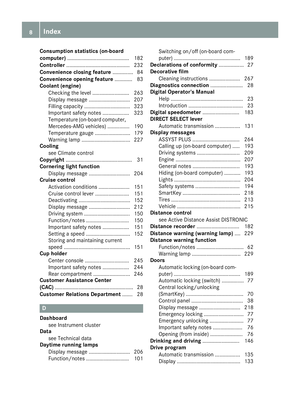 10
10 11
11 12
12 13
13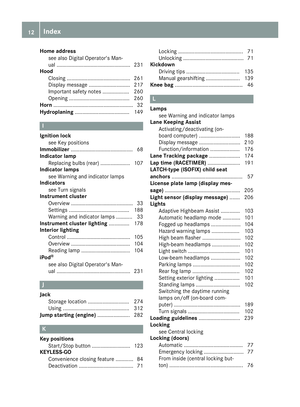 14
14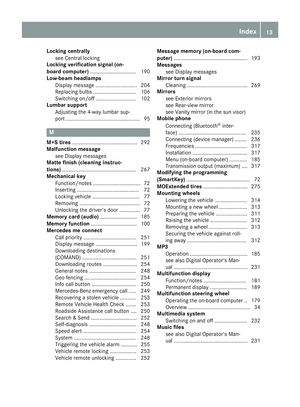 15
15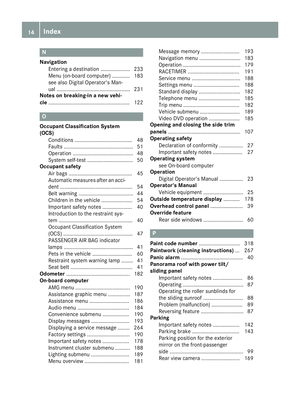 16
16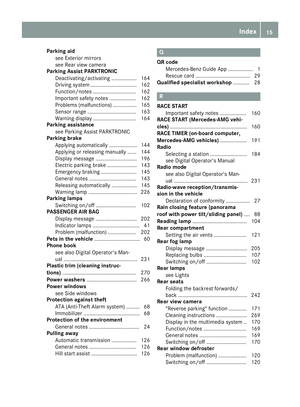 17
17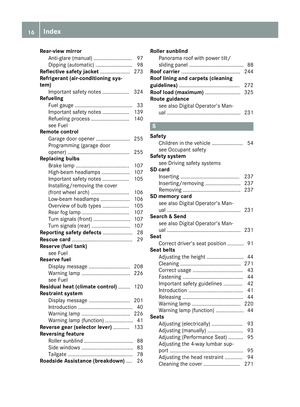 18
18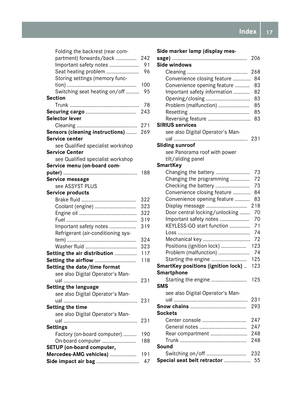 19
19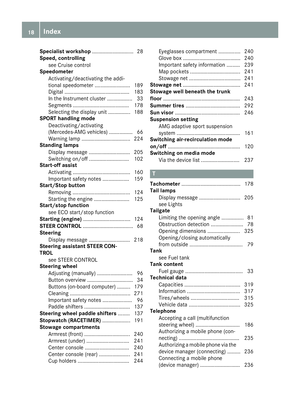 20
20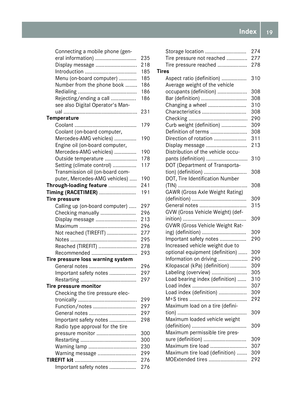 21
21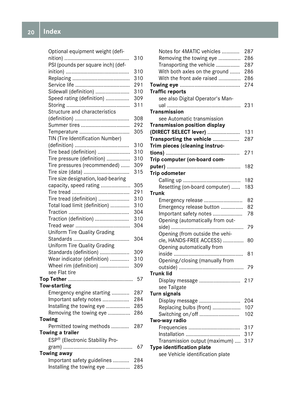 22
22 23
23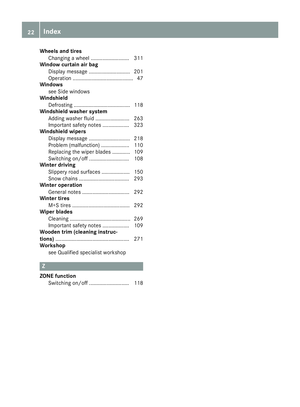 24
24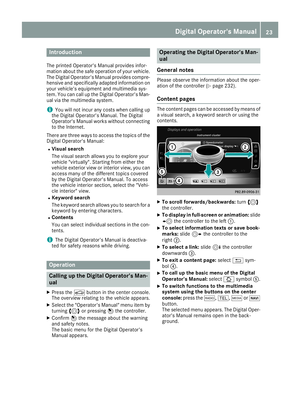 25
25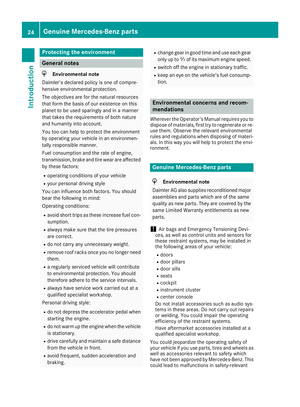 26
26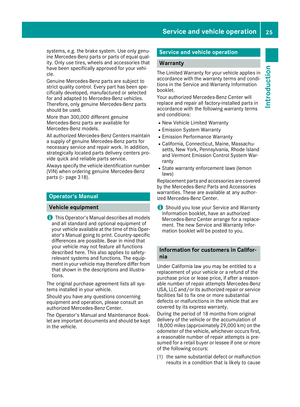 27
27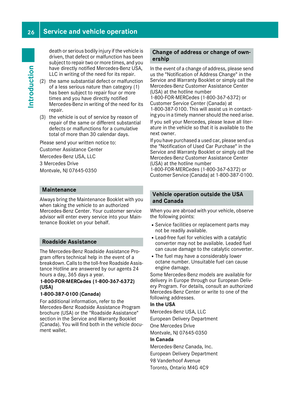 28
28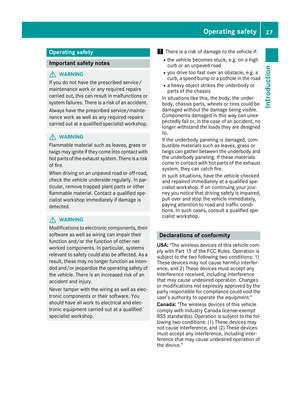 29
29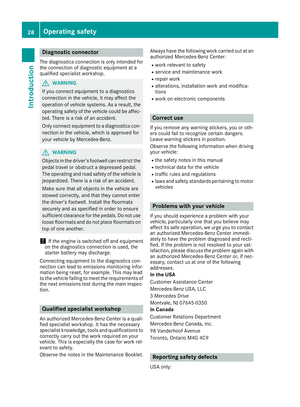 30
30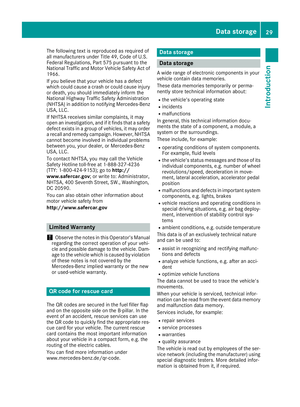 31
31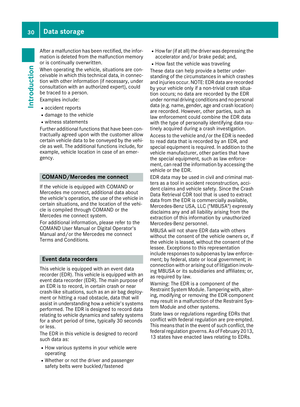 32
32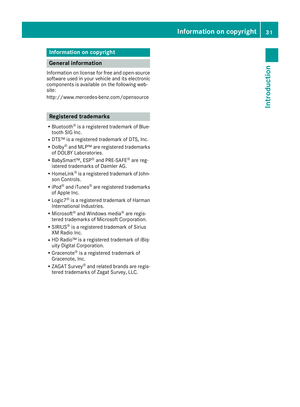 33
33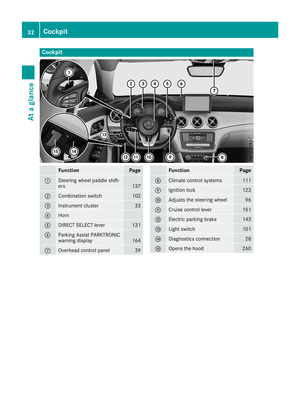 34
34 35
35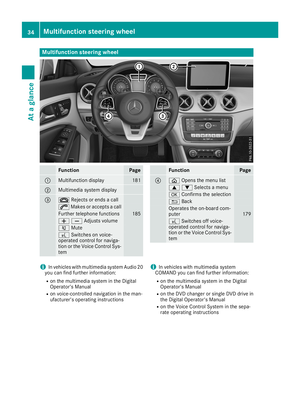 36
36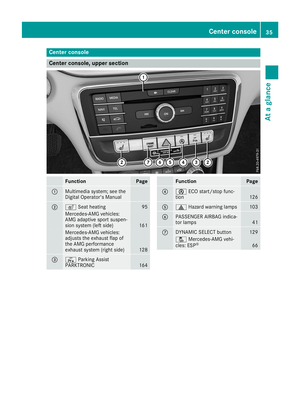 37
37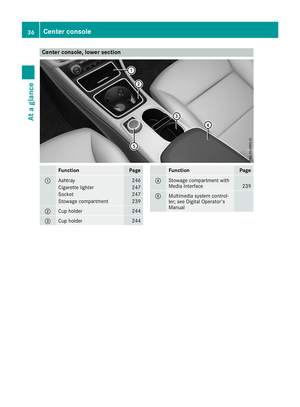 38
38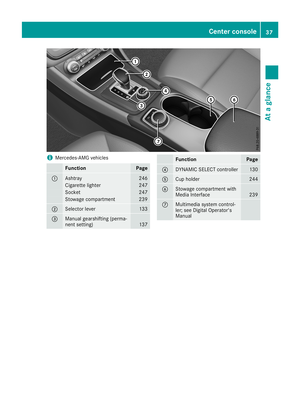 39
39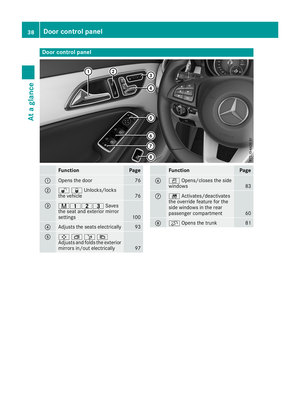 40
40 41
41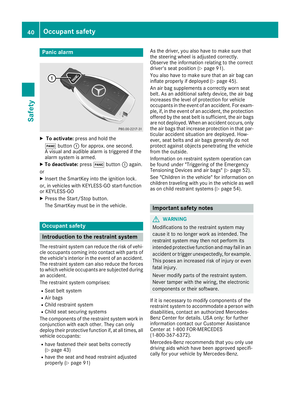 42
42 43
43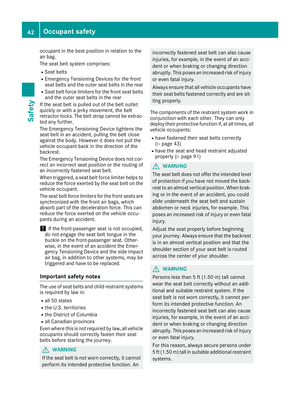 44
44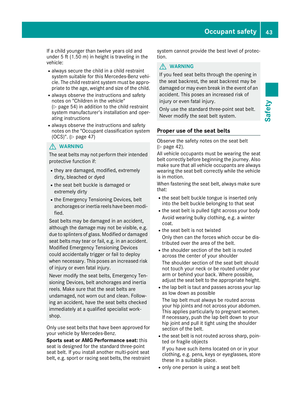 45
45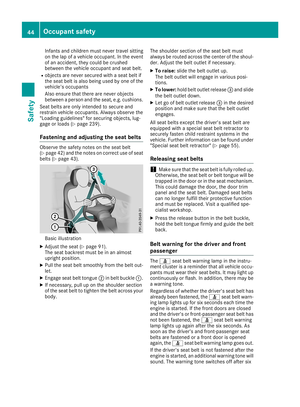 46
46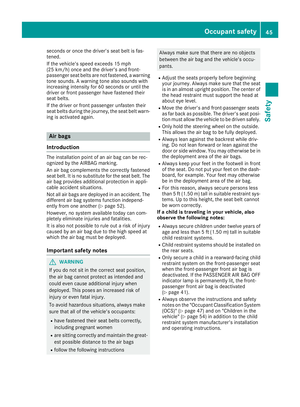 47
47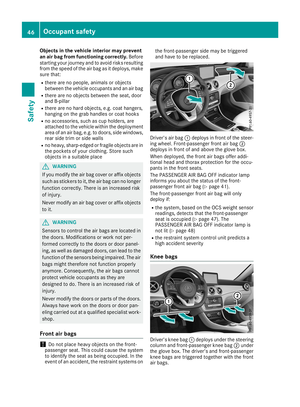 48
48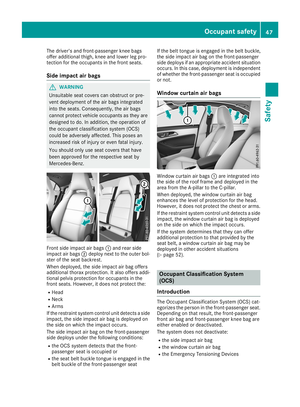 49
49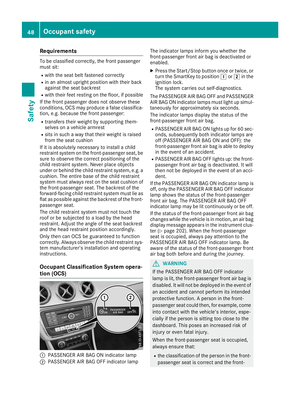 50
50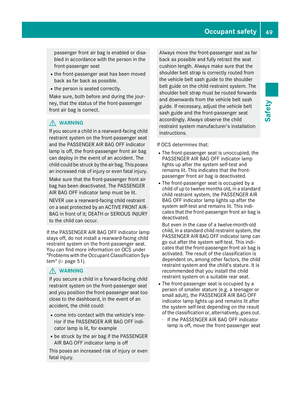 51
51 52
52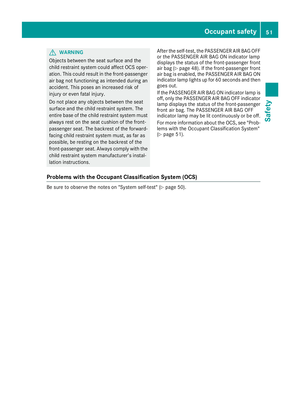 53
53 54
54 55
55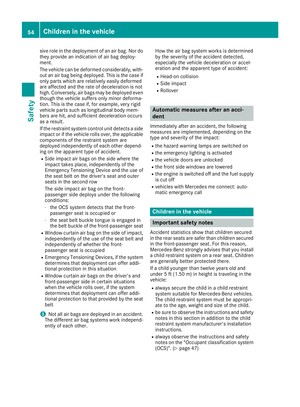 56
56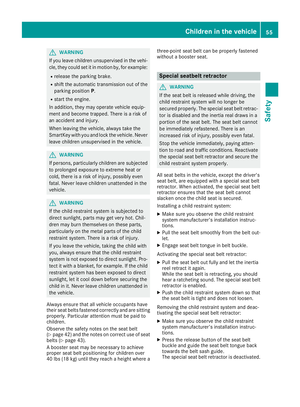 57
57 58
58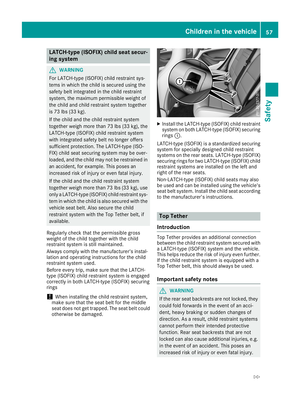 59
59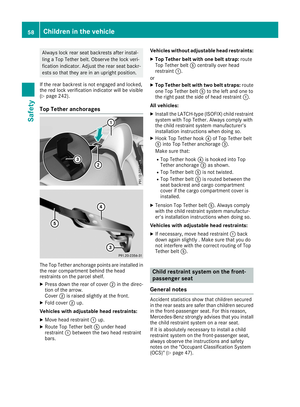 60
60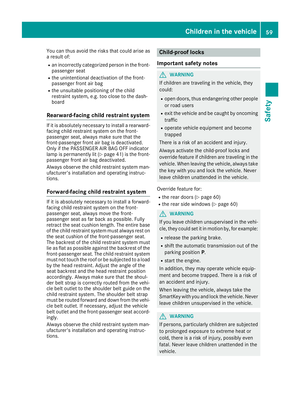 61
61 62
62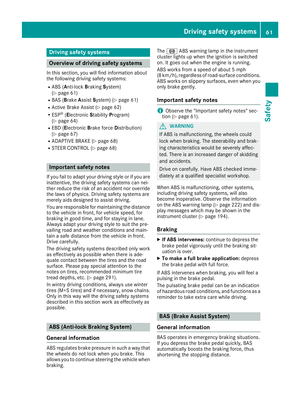 63
63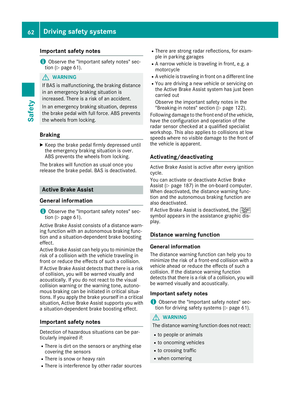 64
64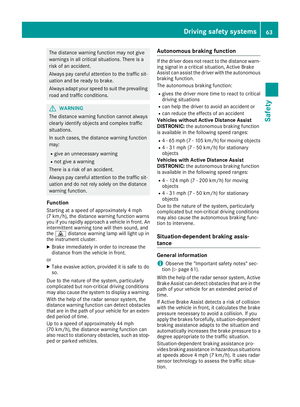 65
65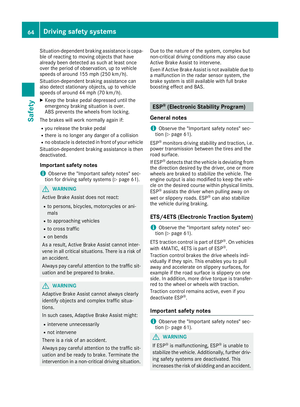 66
66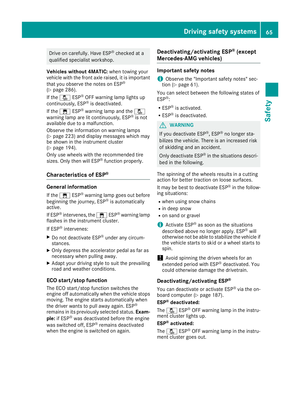 67
67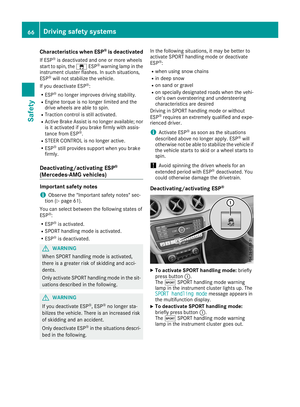 68
68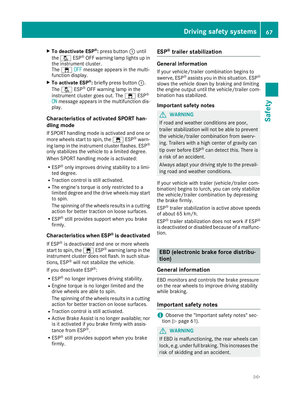 69
69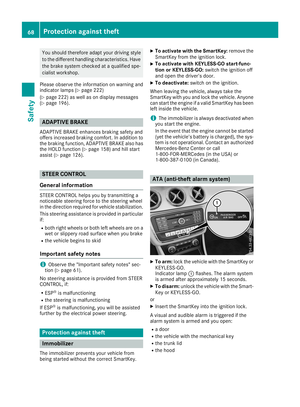 70
70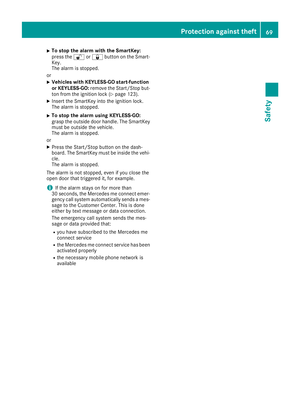 71
71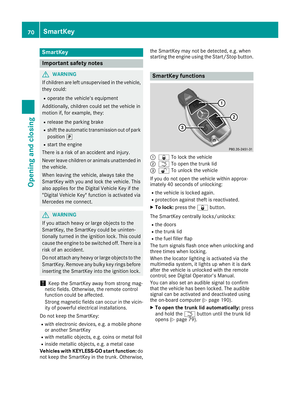 72
72 73
73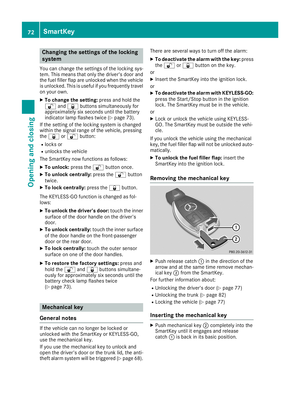 74
74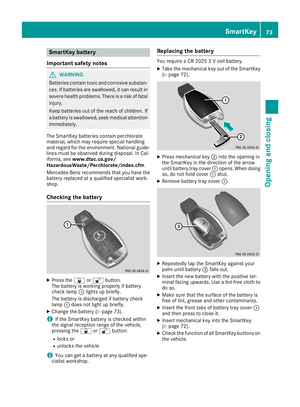 75
75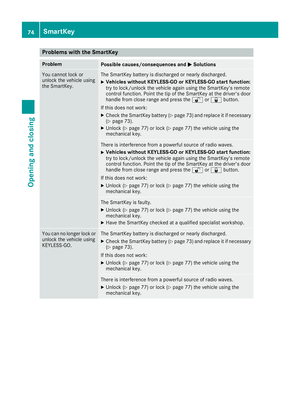 76
76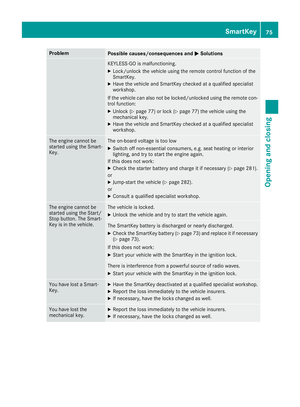 77
77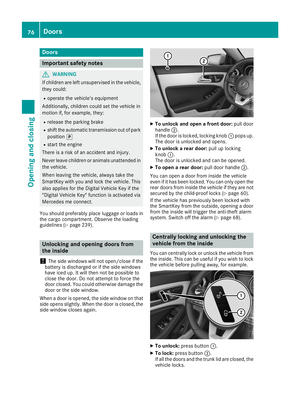 78
78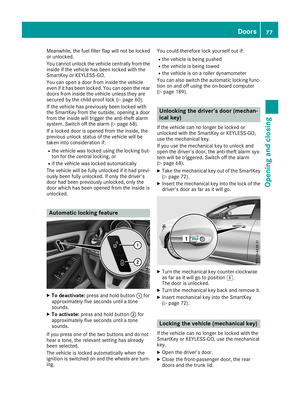 79
79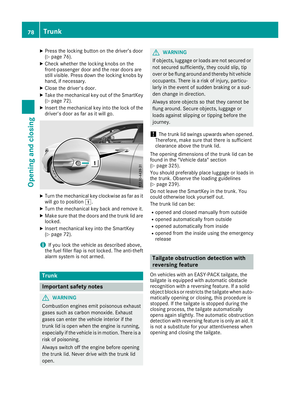 80
80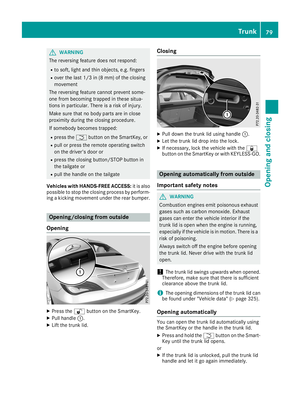 81
81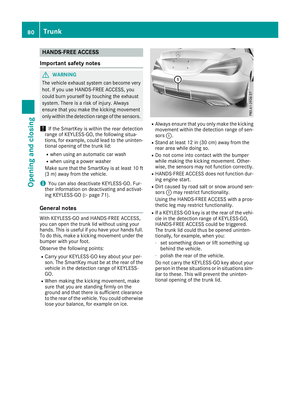 82
82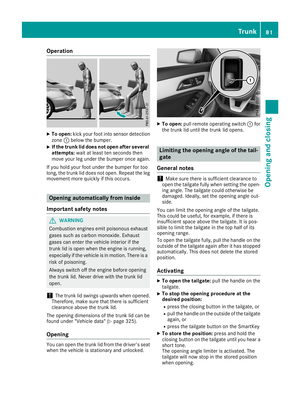 83
83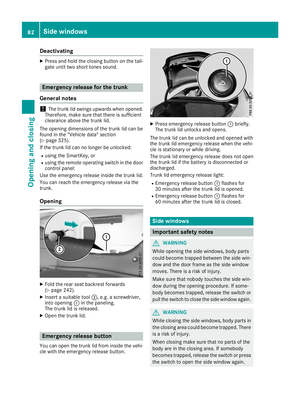 84
84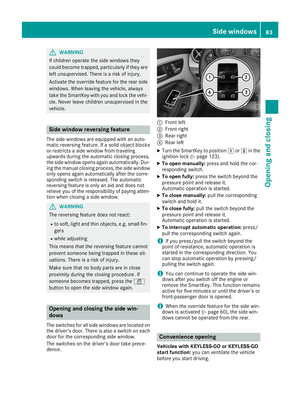 85
85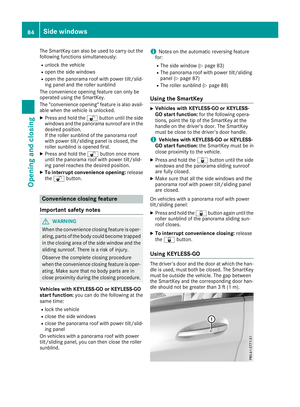 86
86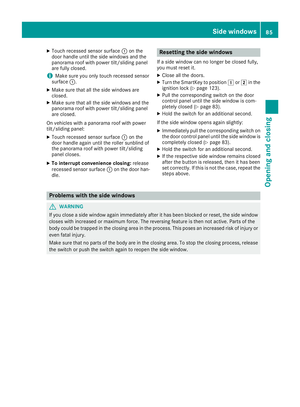 87
87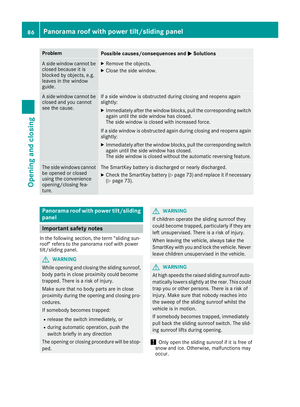 88
88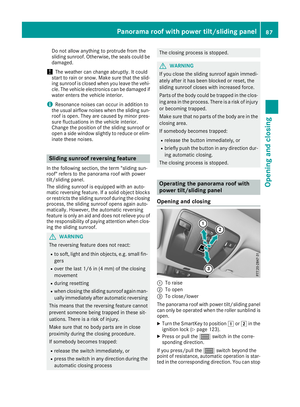 89
89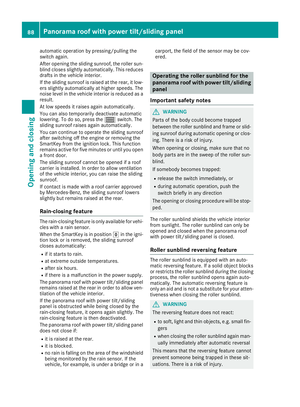 90
90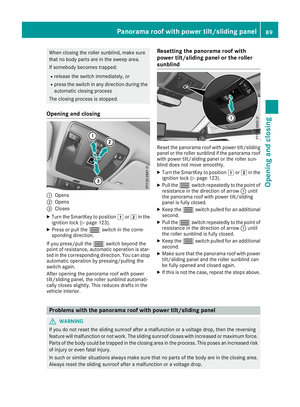 91
91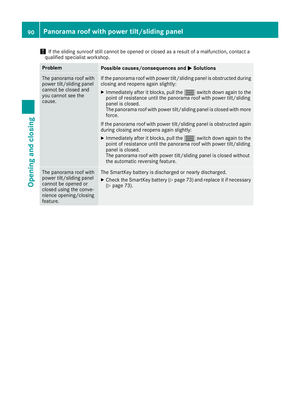 92
92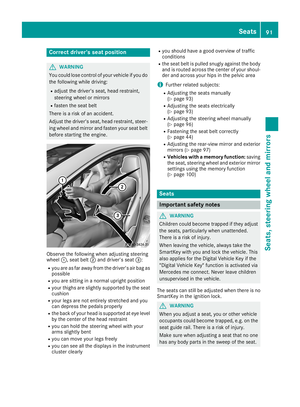 93
93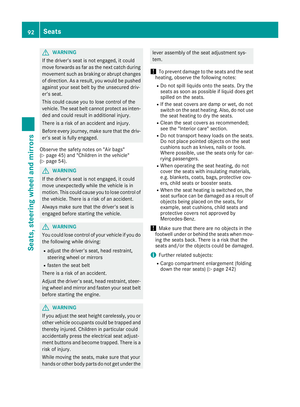 94
94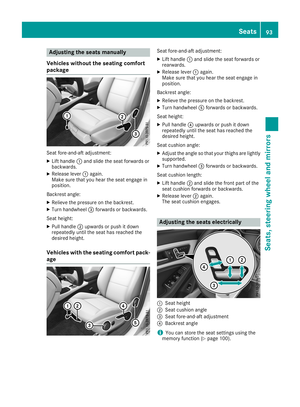 95
95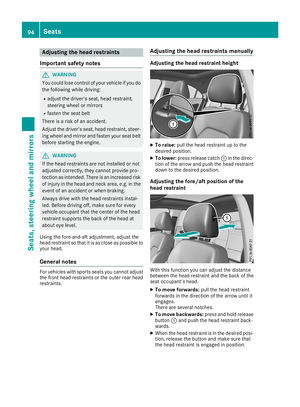 96
96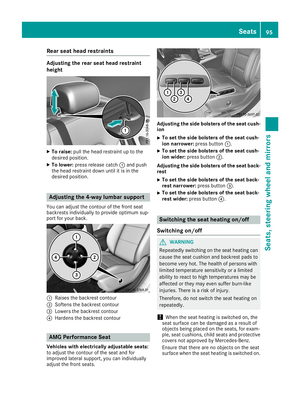 97
97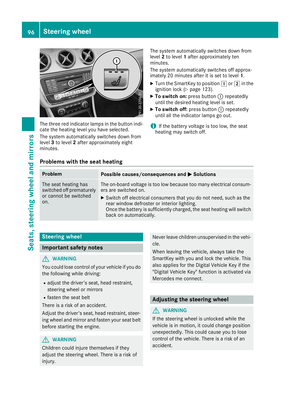 98
98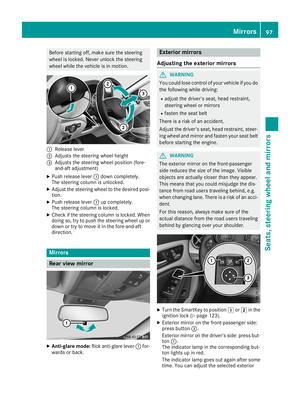 99
99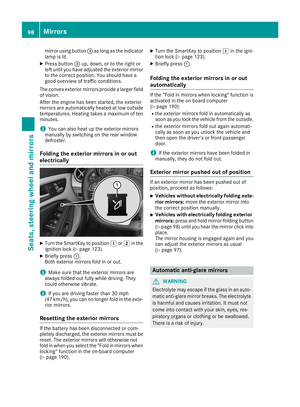 100
100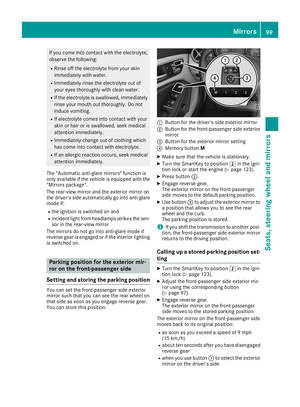 101
101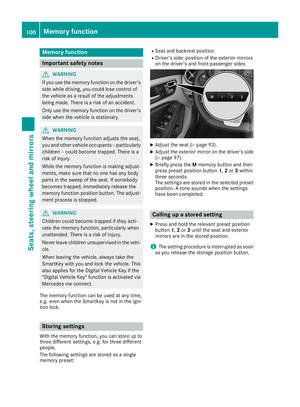 102
102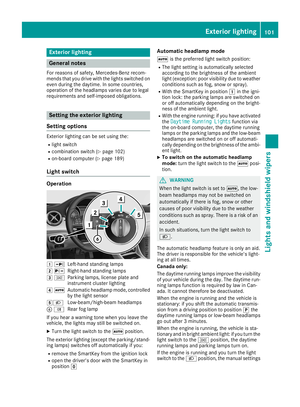 103
103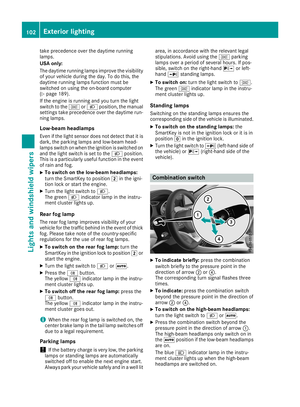 104
104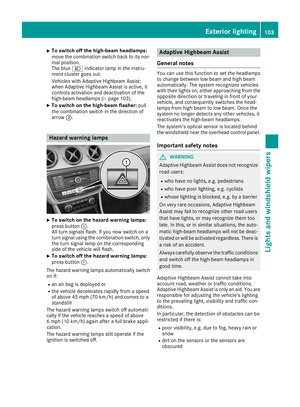 105
105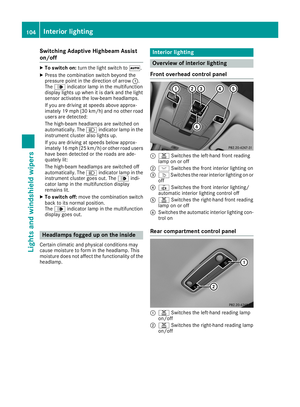 106
106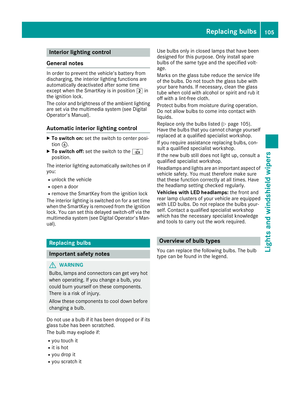 107
107 108
108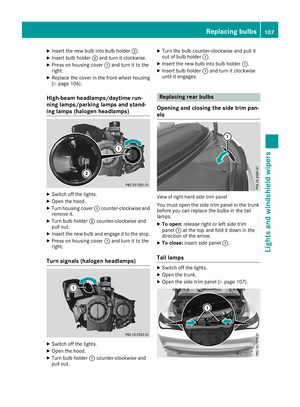 109
109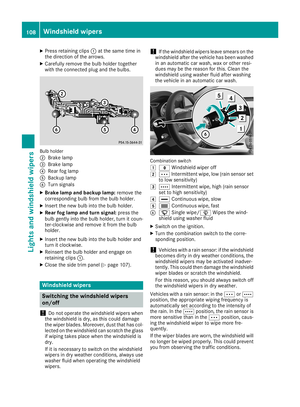 110
110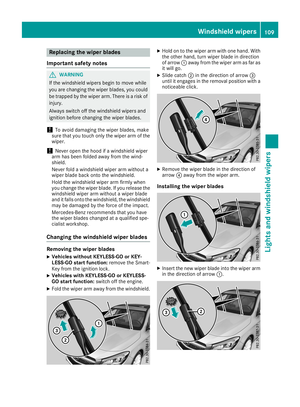 111
111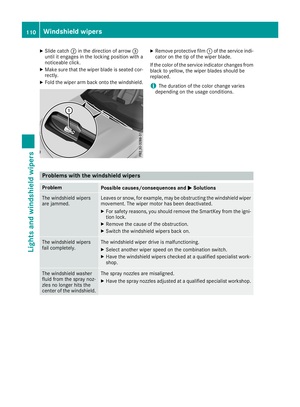 112
112 113
113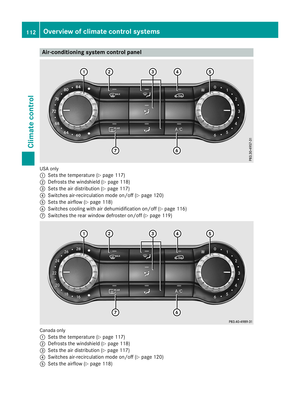 114
114 115
115 116
116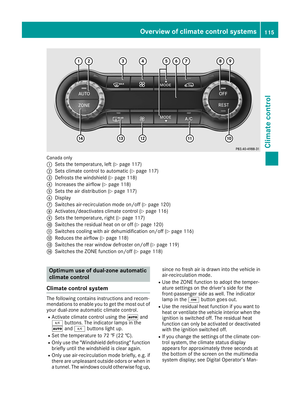 117
117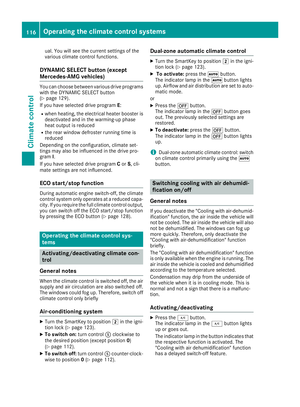 118
118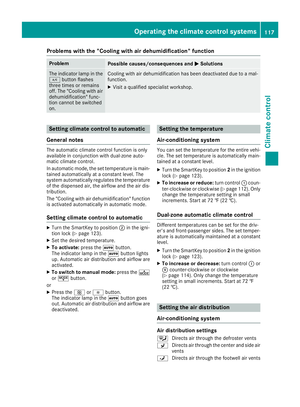 119
119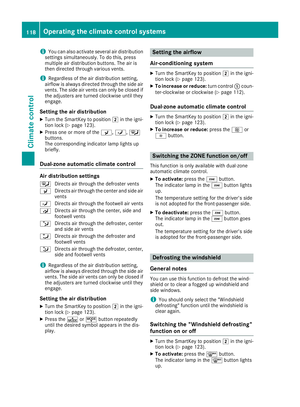 120
120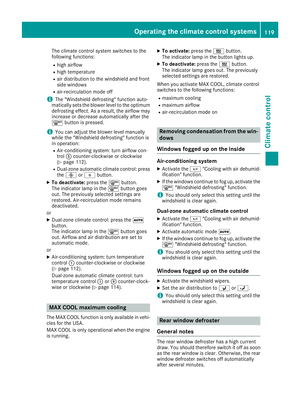 121
121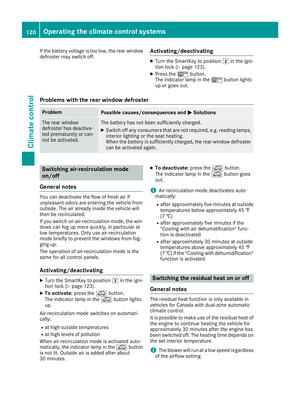 122
122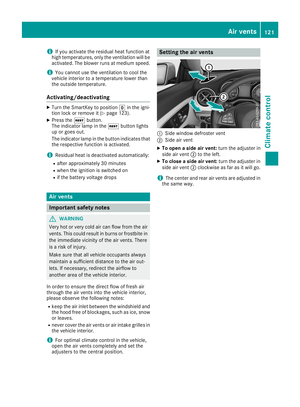 123
123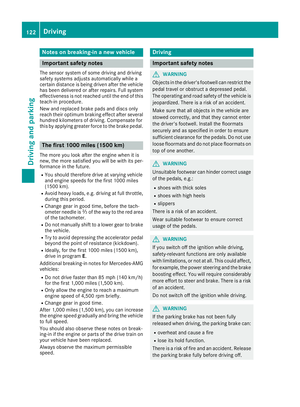 124
124 125
125 126
126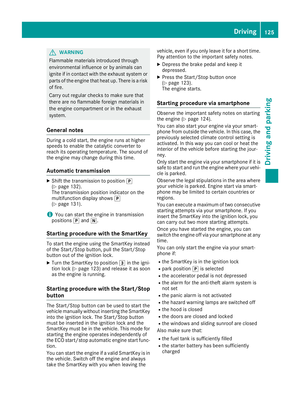 127
127 128
128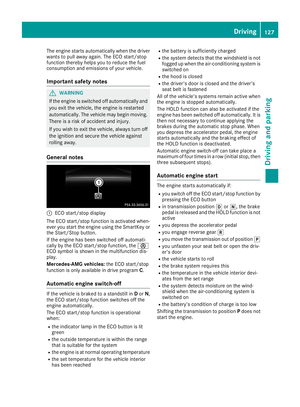 129
129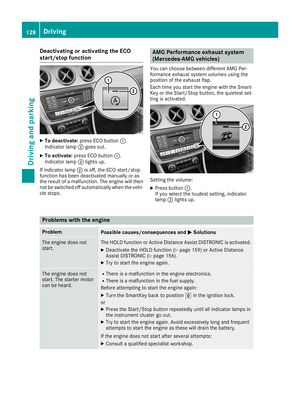 130
130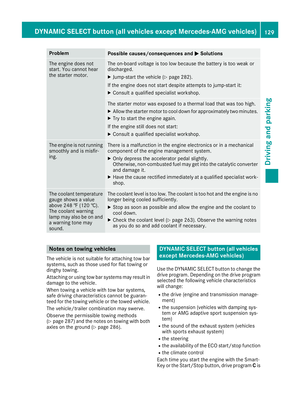 131
131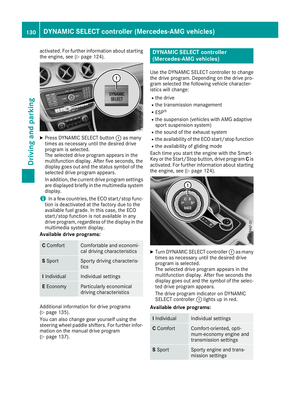 132
132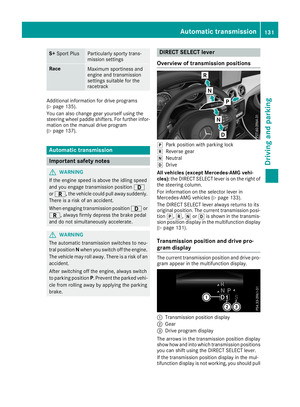 133
133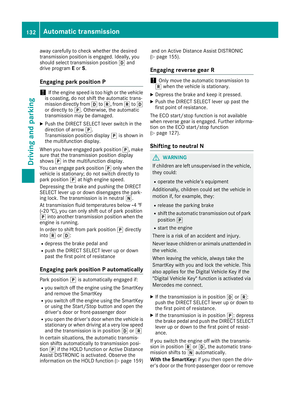 134
134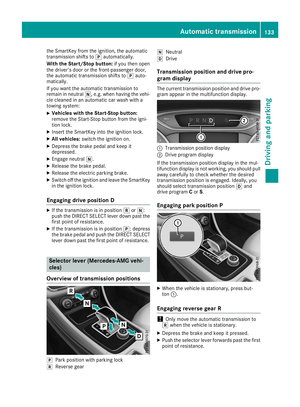 135
135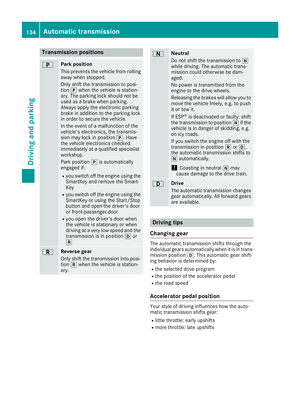 136
136 137
137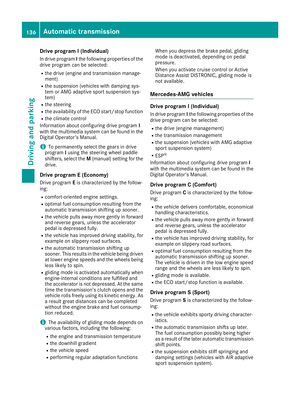 138
138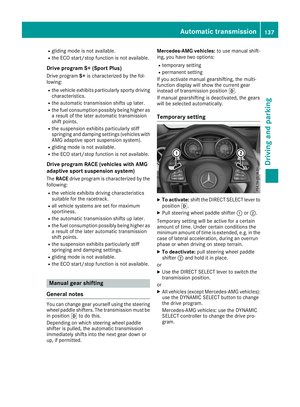 139
139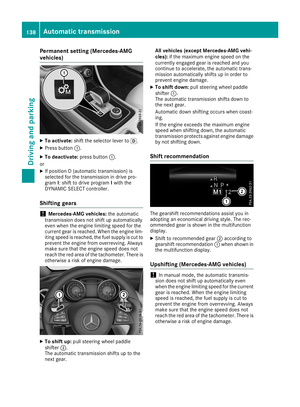 140
140 141
141 142
142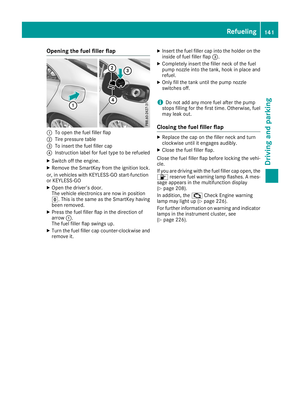 143
143 144
144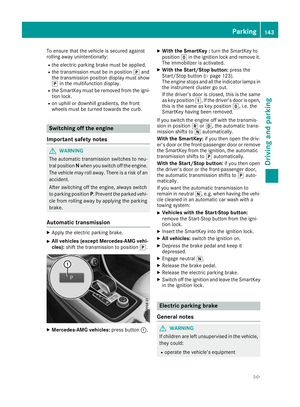 145
145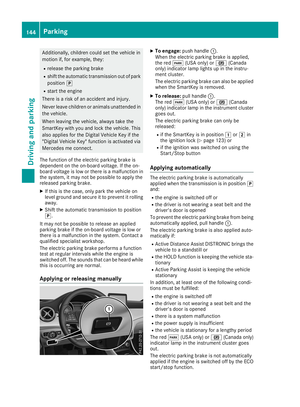 146
146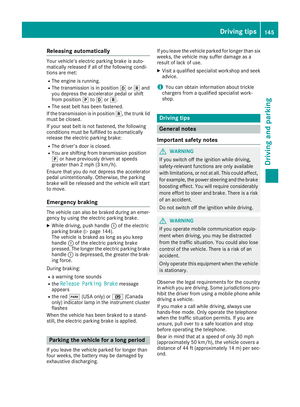 147
147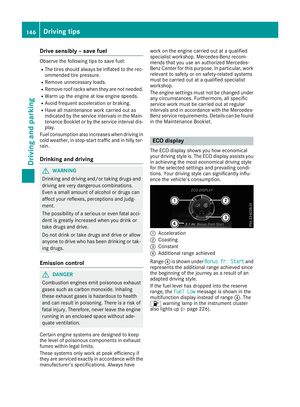 148
148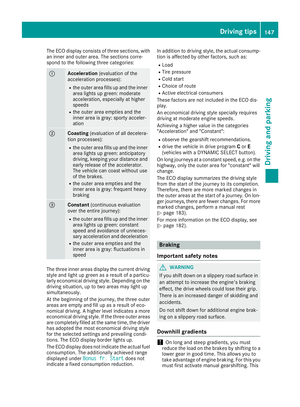 149
149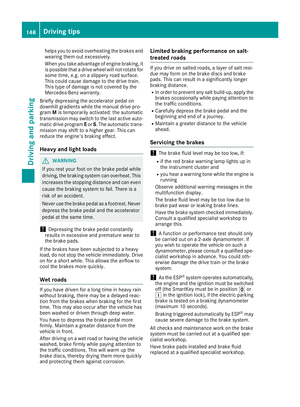 150
150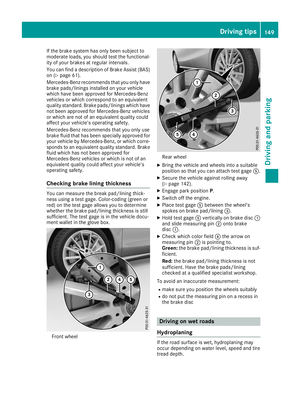 151
151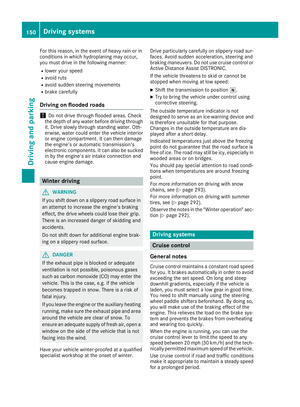 152
152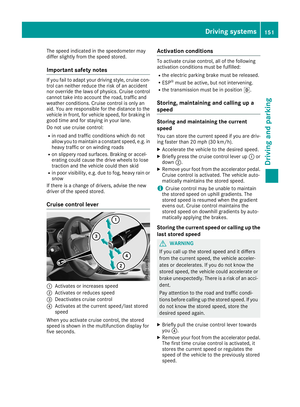 153
153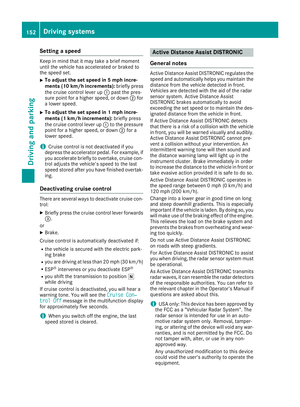 154
154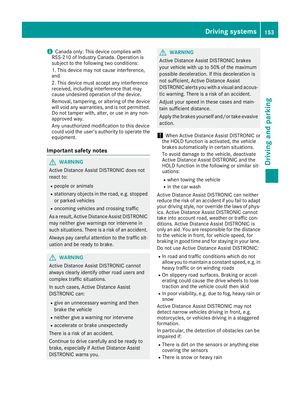 155
155 156
156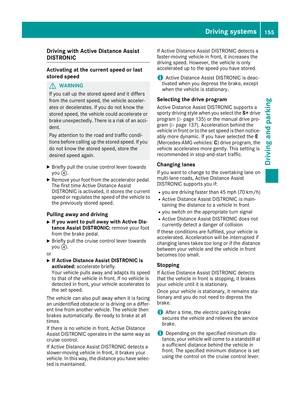 157
157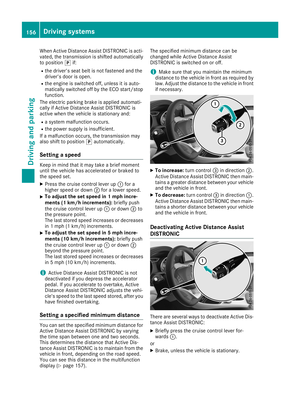 158
158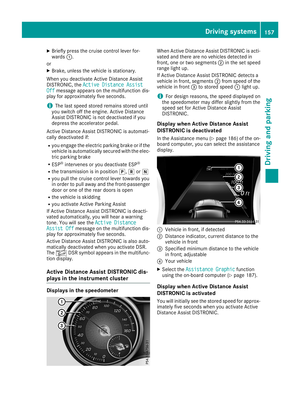 159
159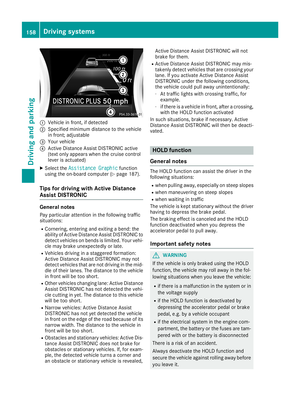 160
160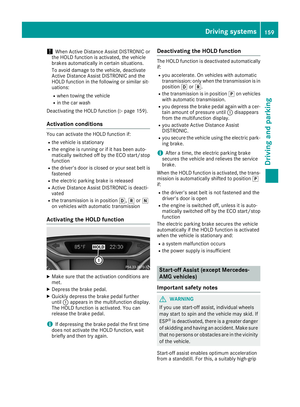 161
161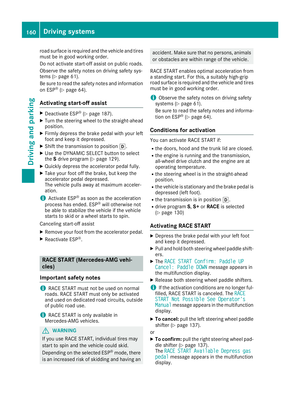 162
162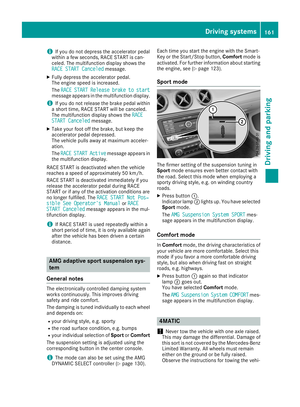 163
163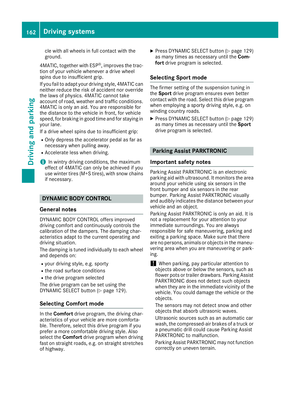 164
164 165
165 166
166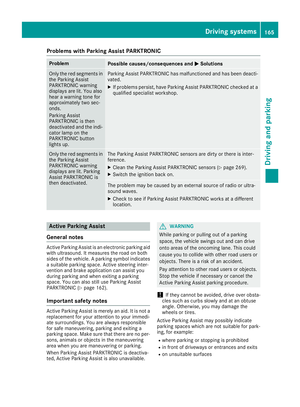 167
167 168
168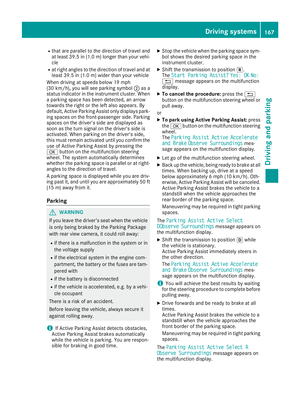 169
169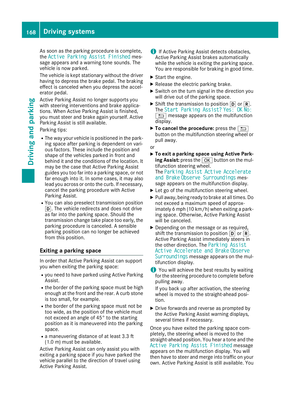 170
170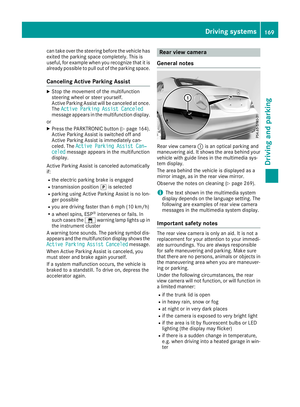 171
171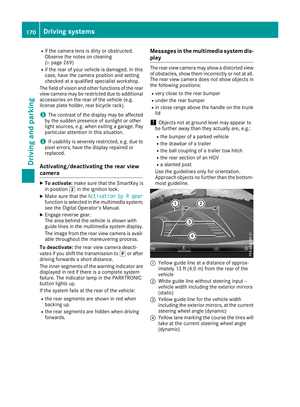 172
172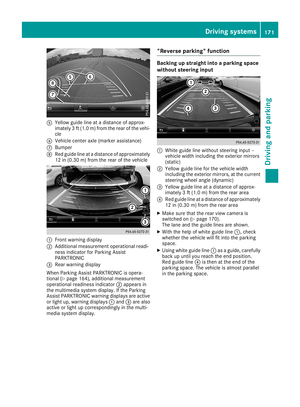 173
173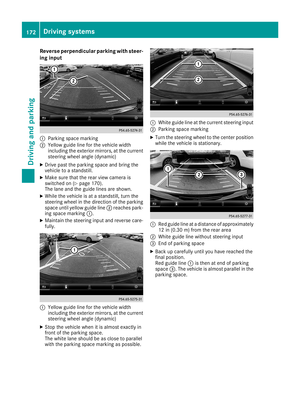 174
174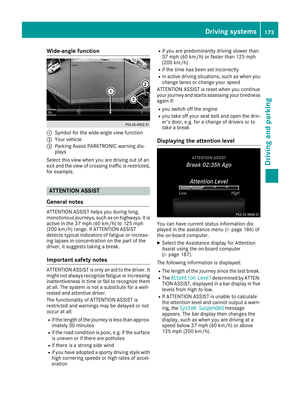 175
175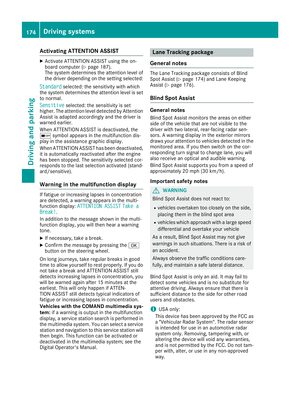 176
176 177
177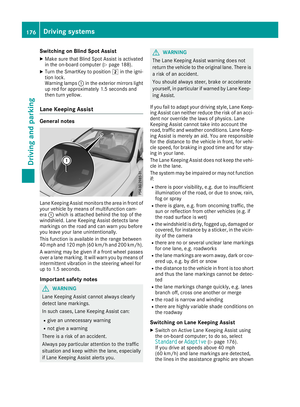 178
178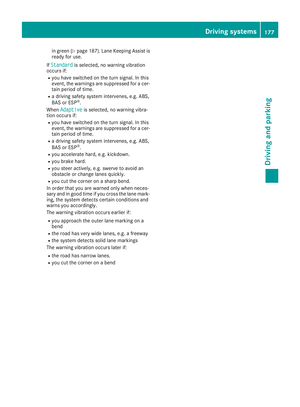 179
179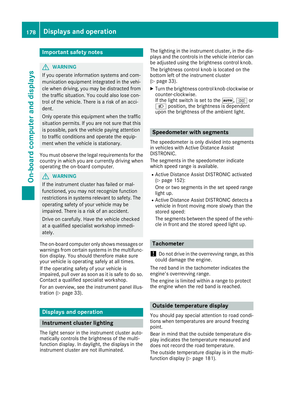 180
180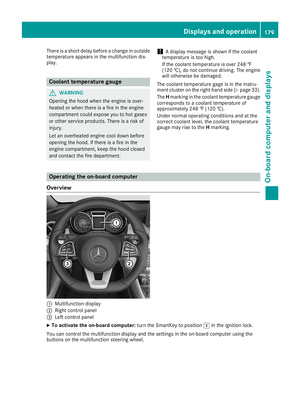 181
181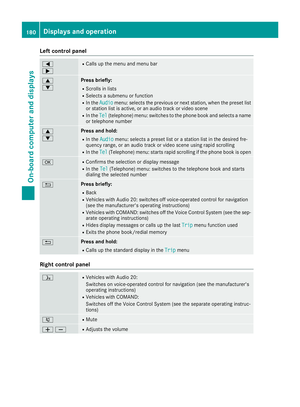 182
182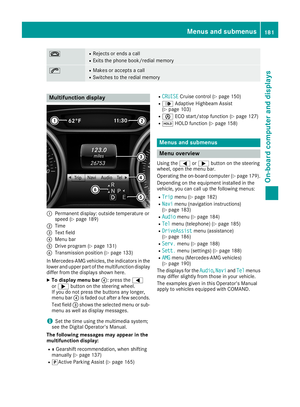 183
183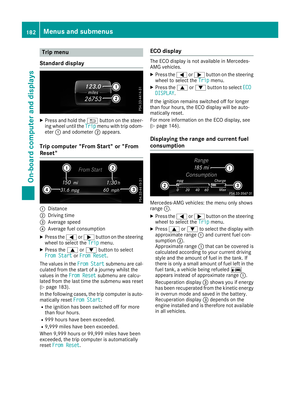 184
184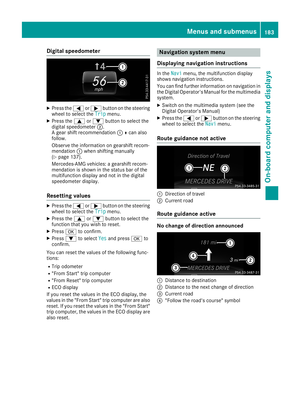 185
185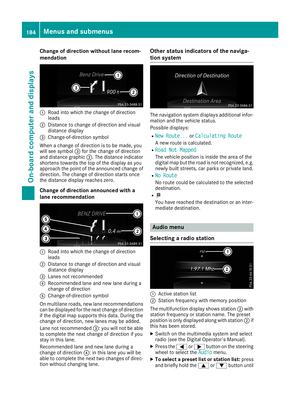 186
186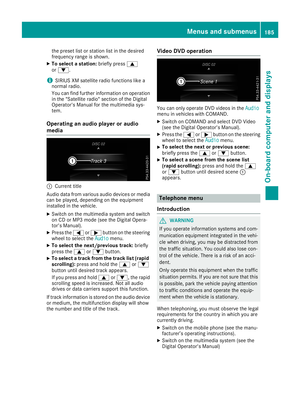 187
187 188
188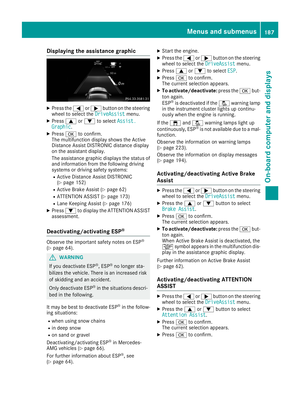 189
189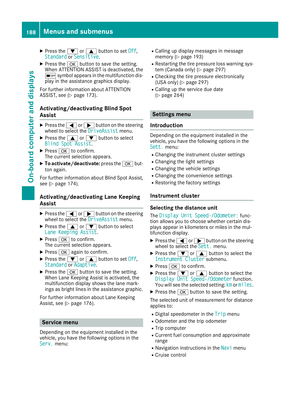 190
190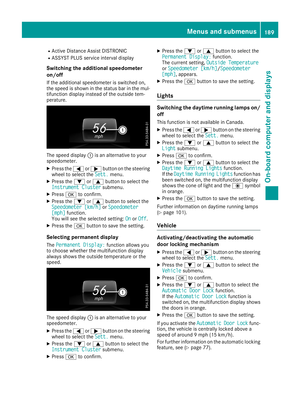 191
191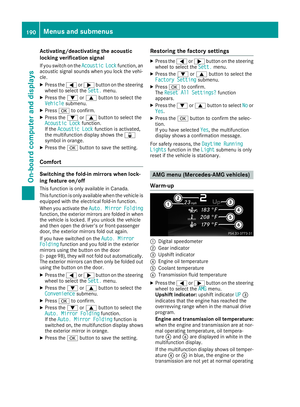 192
192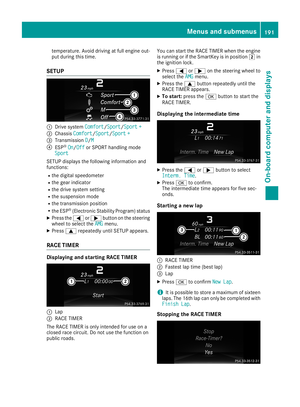 193
193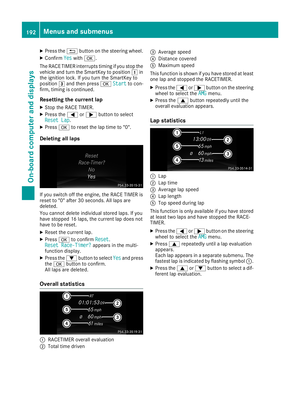 194
194 195
195 196
196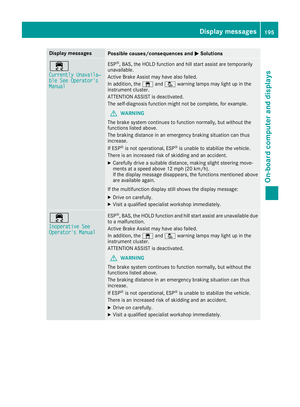 197
197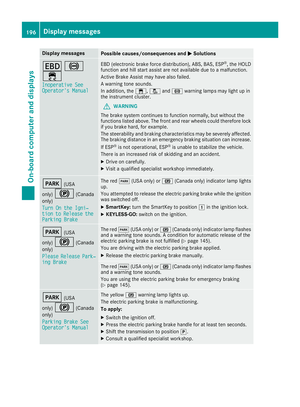 198
198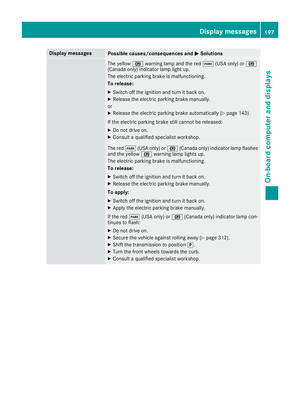 199
199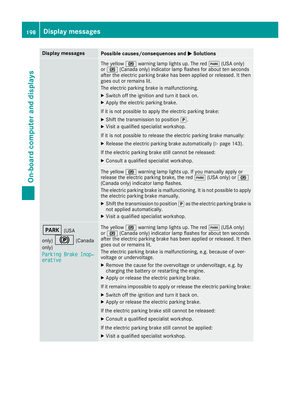 200
200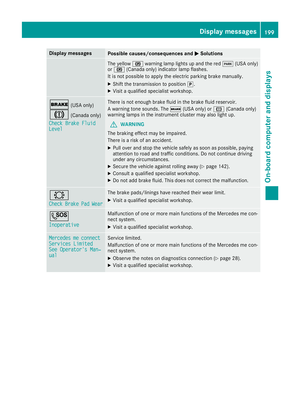 201
201 202
202 203
203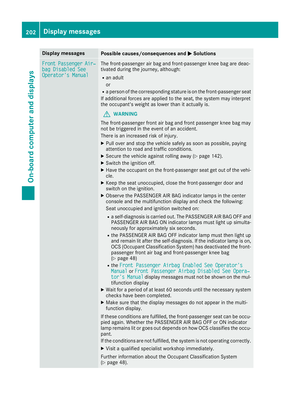 204
204 205
205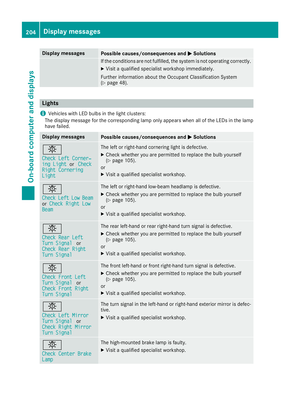 206
206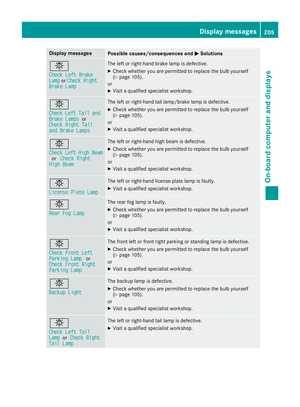 207
207 208
208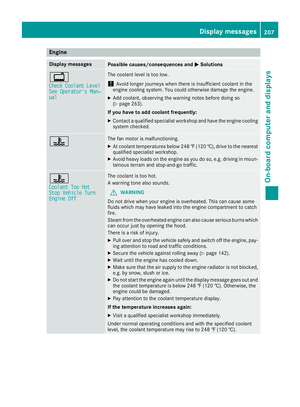 209
209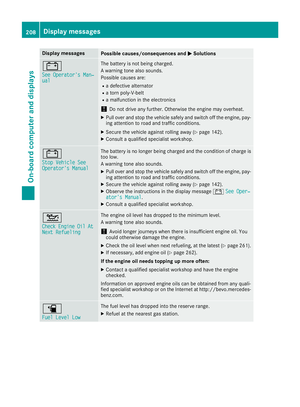 210
210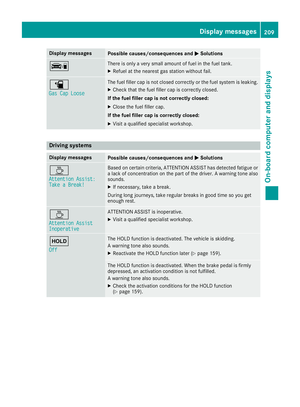 211
211 212
212 213
213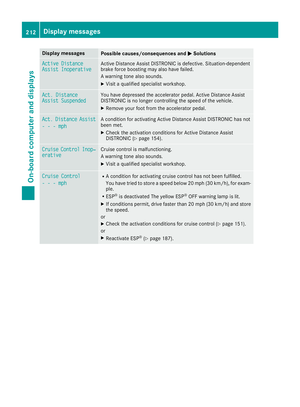 214
214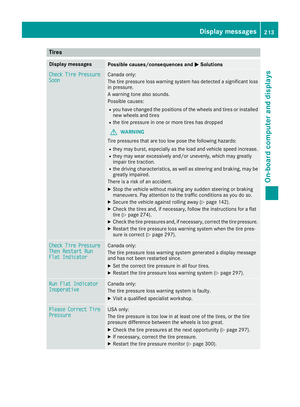 215
215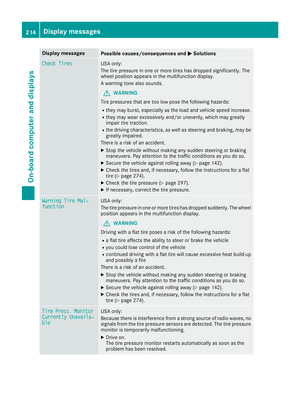 216
216 217
217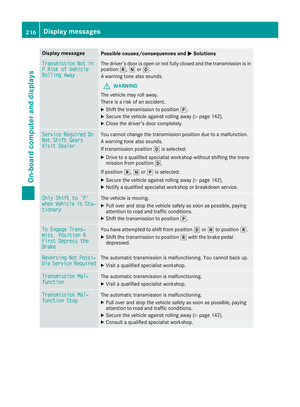 218
218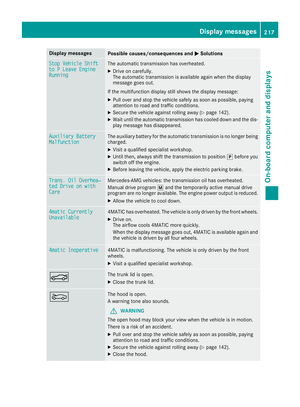 219
219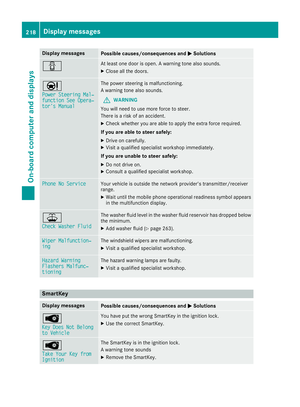 220
220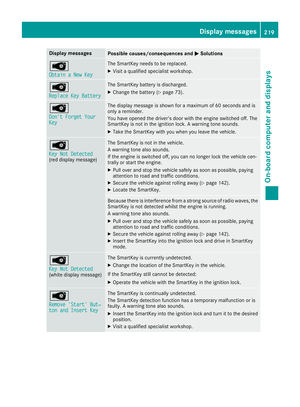 221
221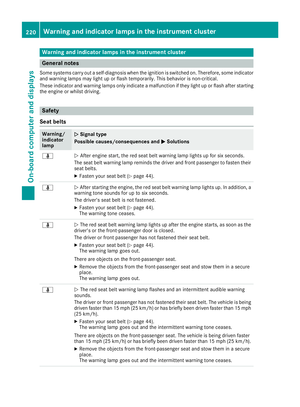 222
222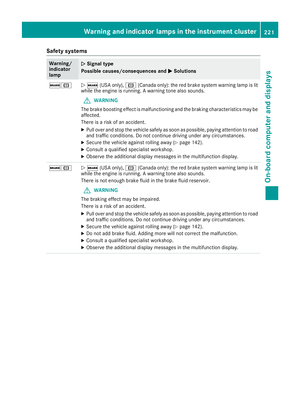 223
223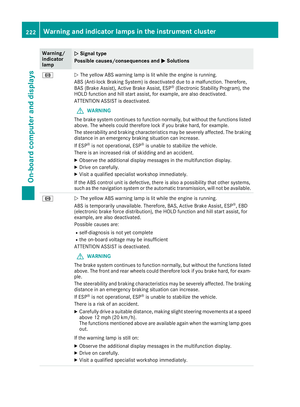 224
224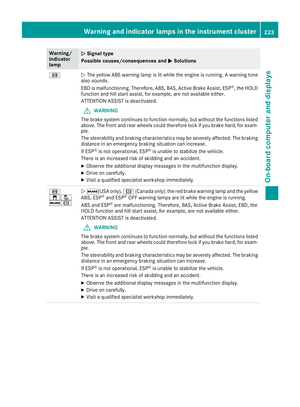 225
225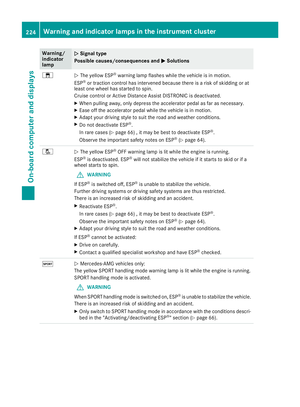 226
226 227
227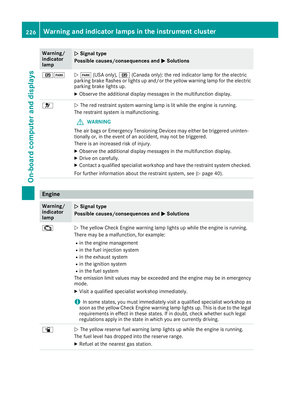 228
228 229
229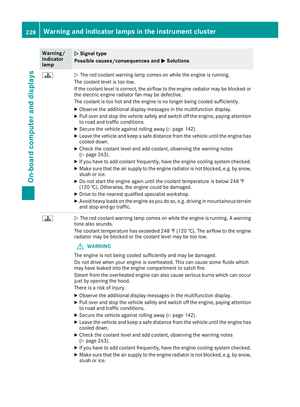 230
230 231
231 232
232 233
233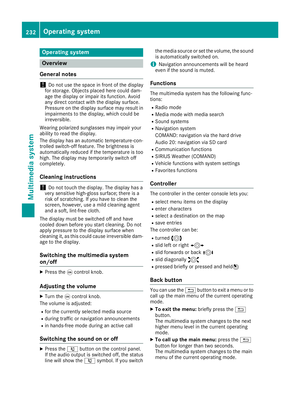 234
234 235
235 236
236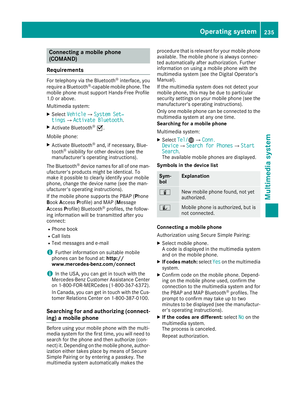 237
237 238
238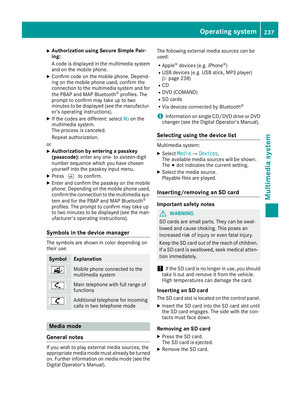 239
239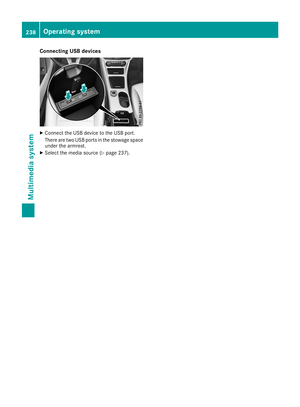 240
240 241
241 242
242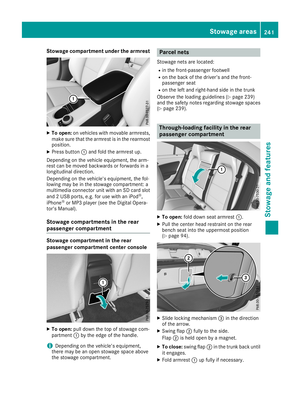 243
243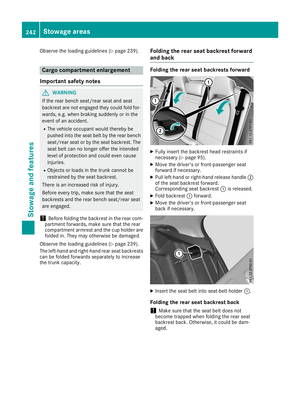 244
244 245
245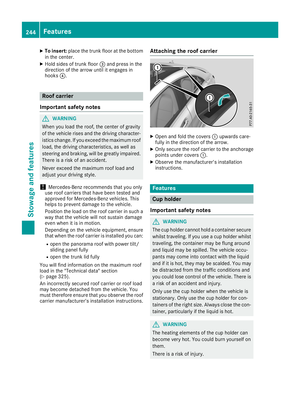 246
246 247
247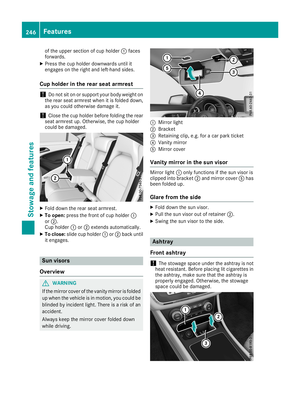 248
248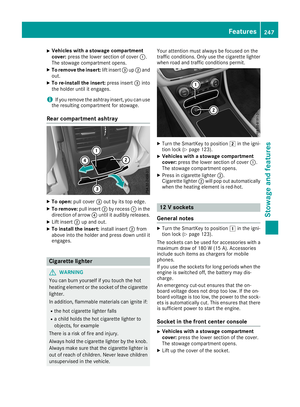 249
249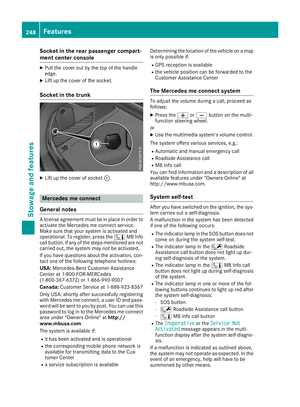 250
250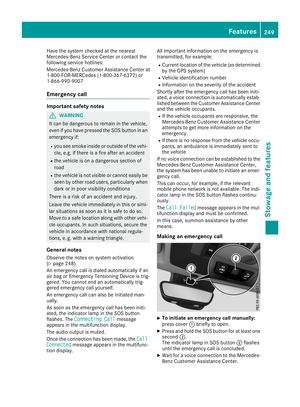 251
251 252
252 253
253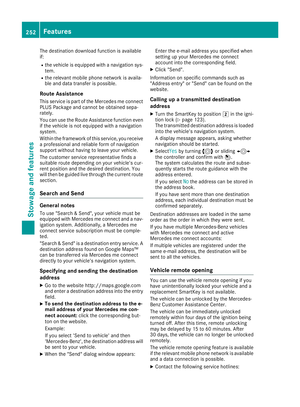 254
254 255
255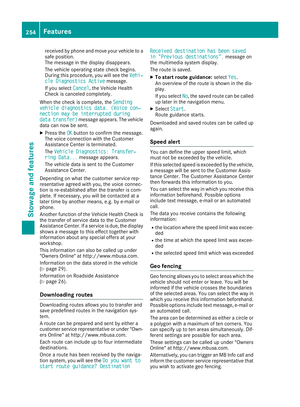 256
256 257
257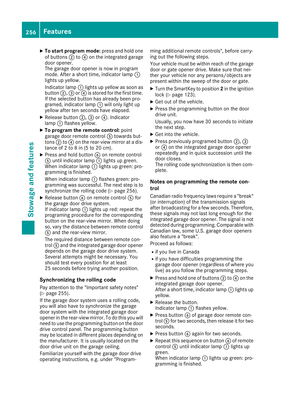 258
258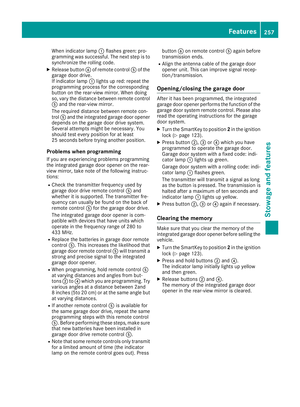 259
259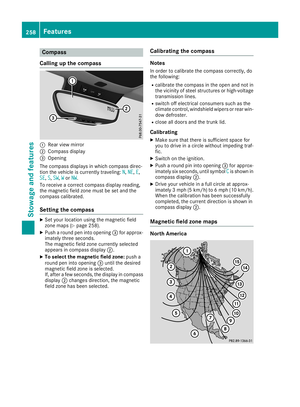 260
260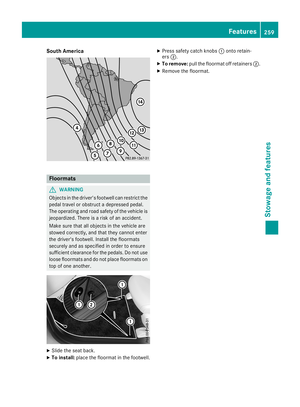 261
261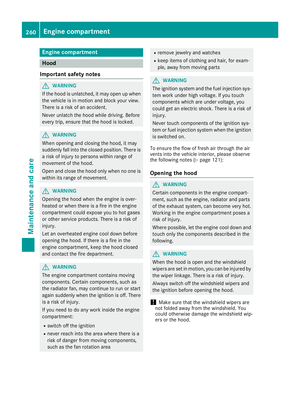 262
262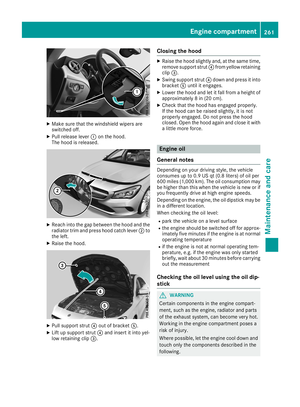 263
263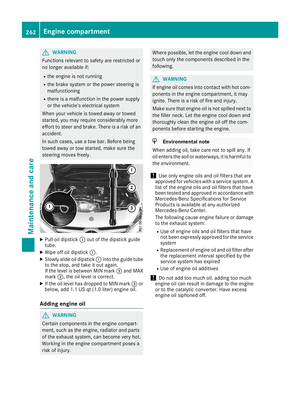 264
264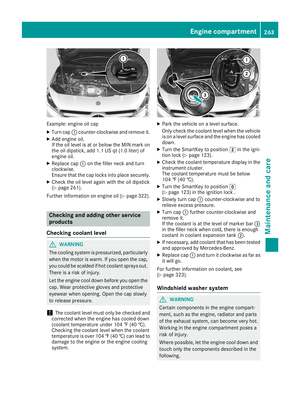 265
265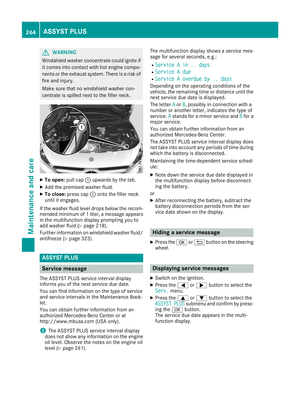 266
266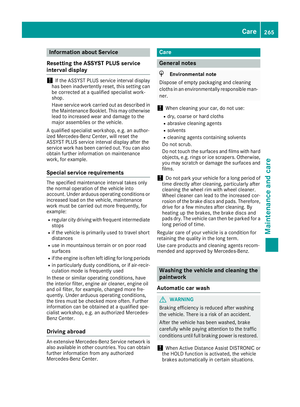 267
267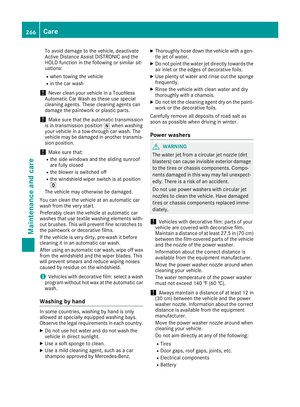 268
268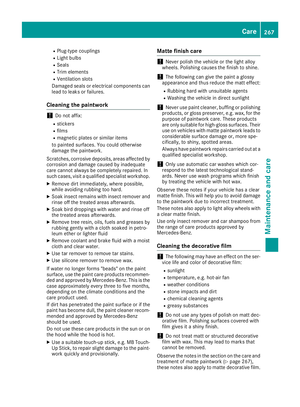 269
269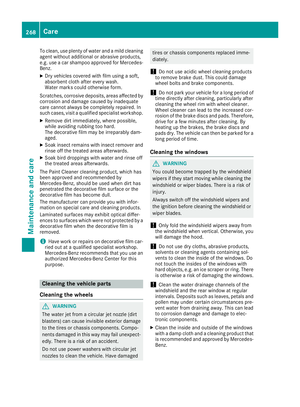 270
270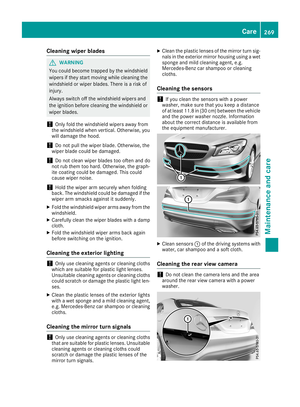 271
271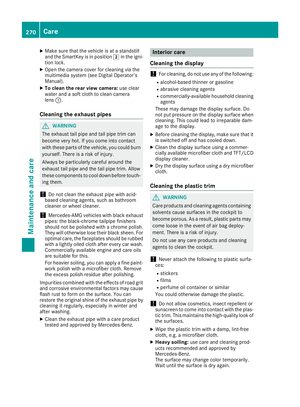 272
272 273
273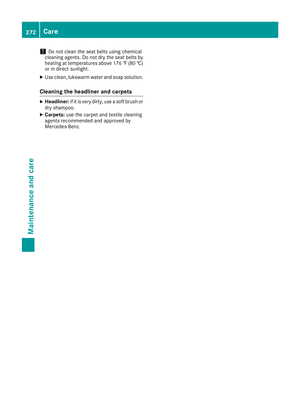 274
274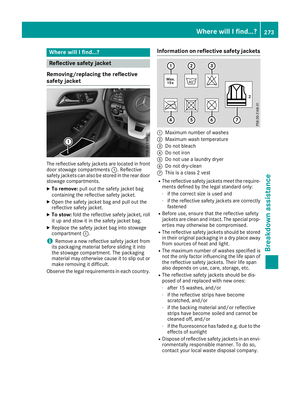 275
275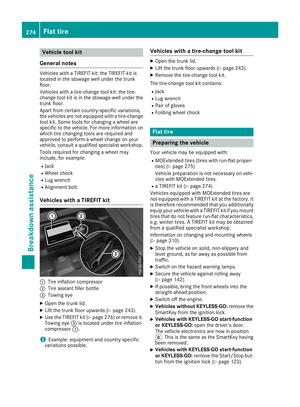 276
276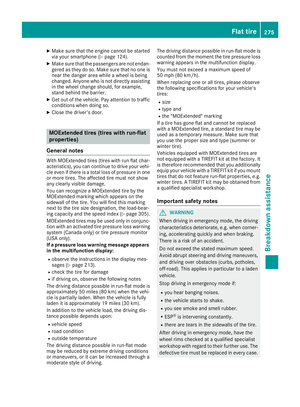 277
277 278
278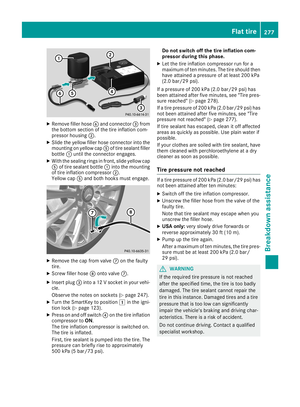 279
279 280
280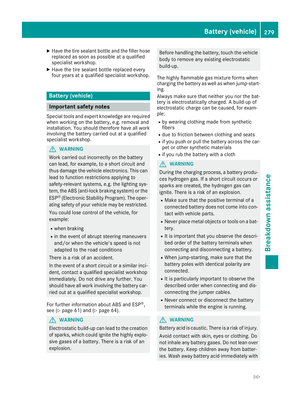 281
281 282
282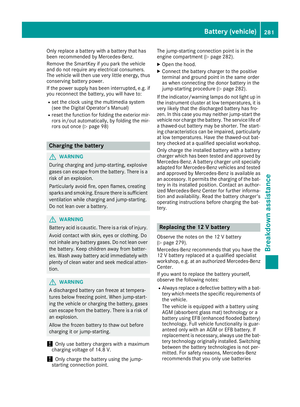 283
283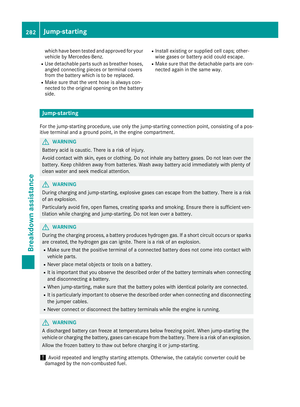 284
284 285
285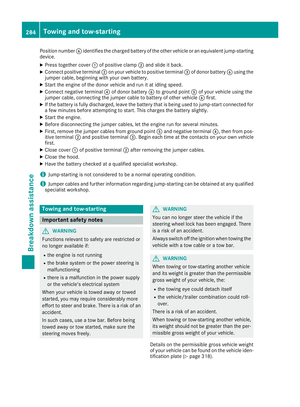 286
286 287
287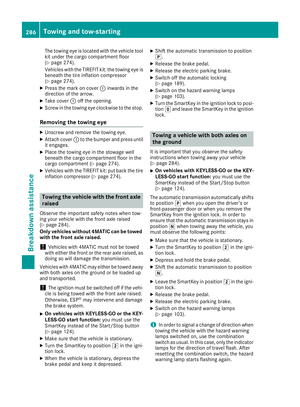 288
288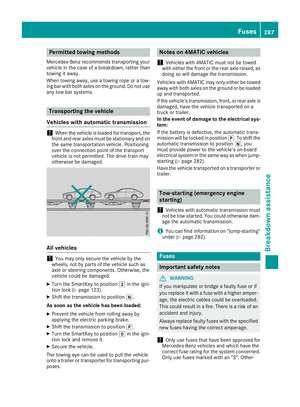 289
289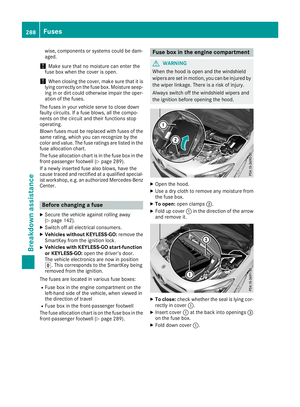 290
290 291
291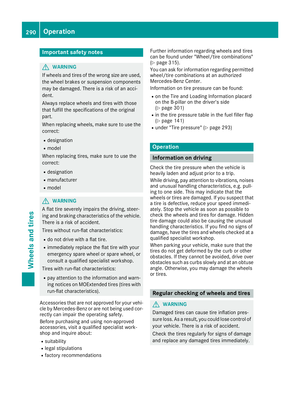 292
292 293
293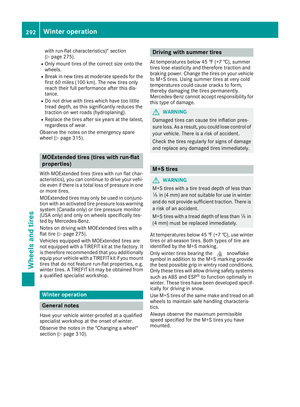 294
294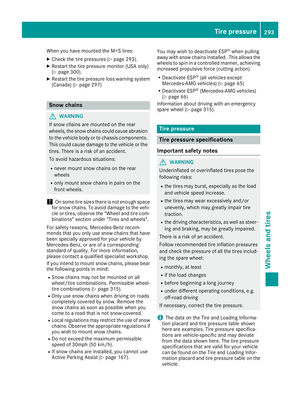 295
295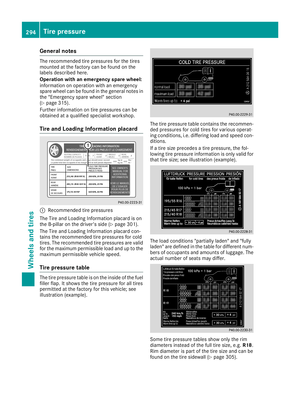 296
296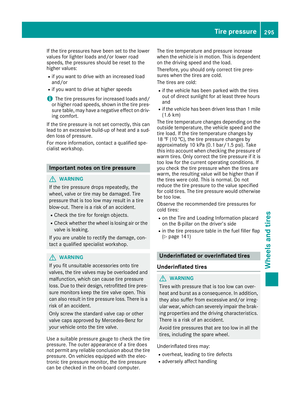 297
297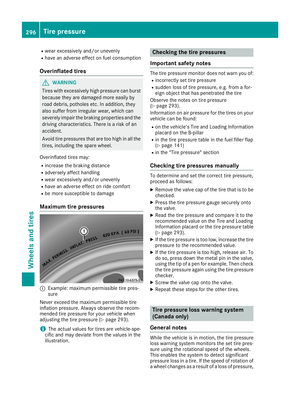 298
298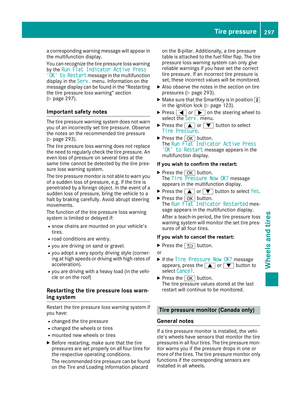 299
299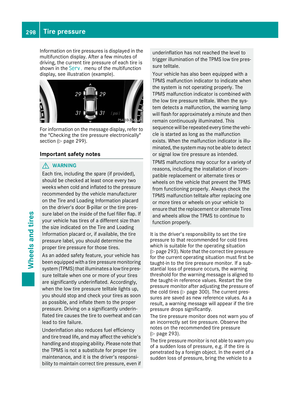 300
300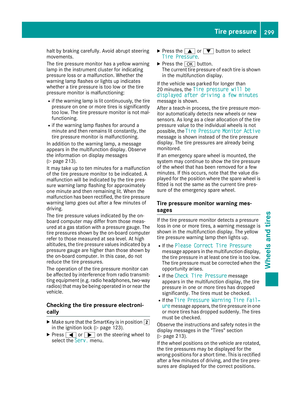 301
301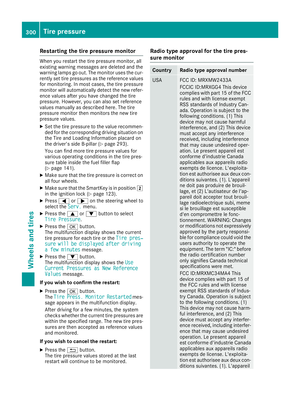 302
302 303
303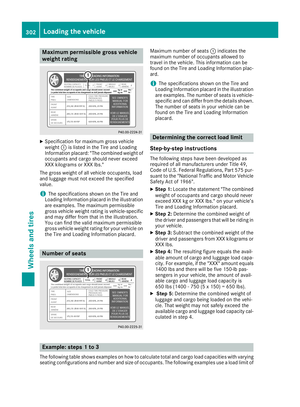 304
304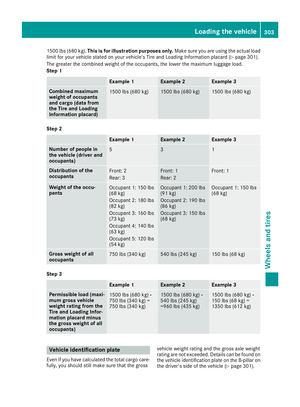 305
305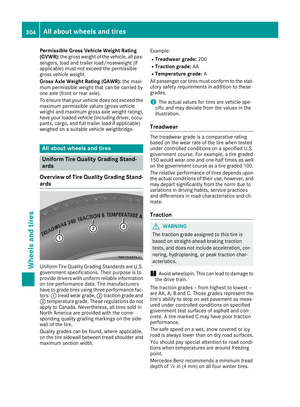 306
306 307
307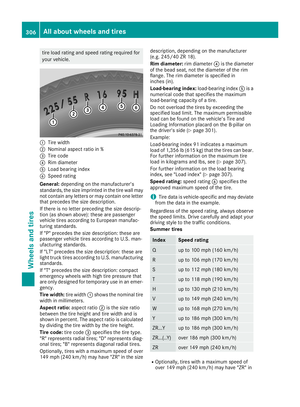 308
308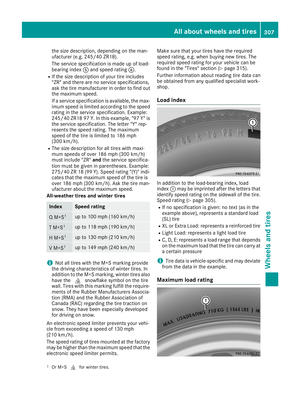 309
309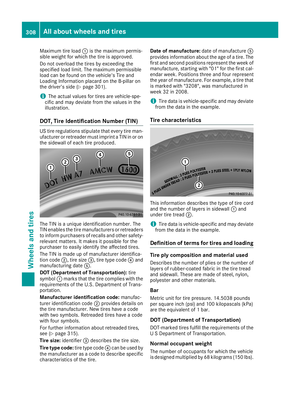 310
310 311
311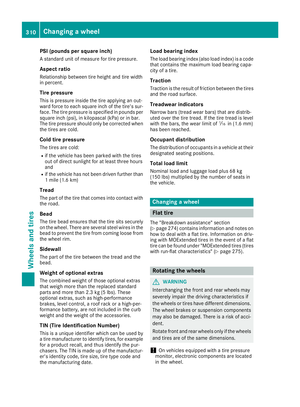 312
312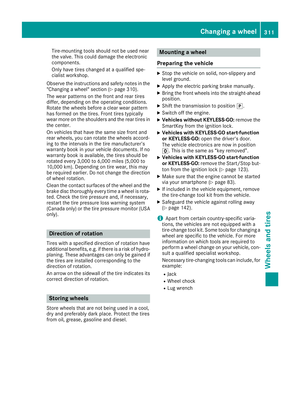 313
313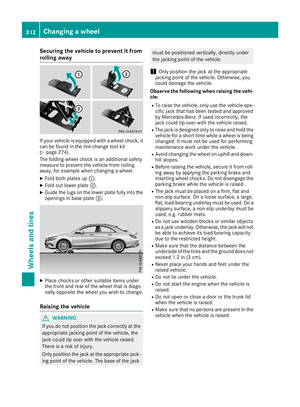 314
314 315
315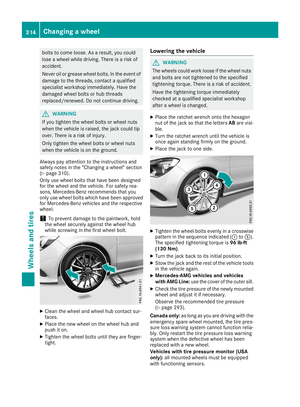 316
316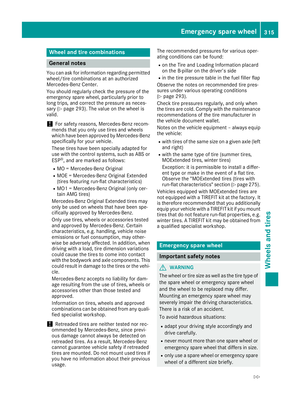 317
317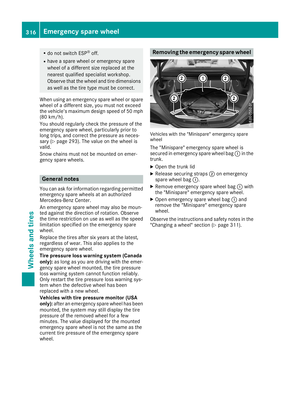 318
318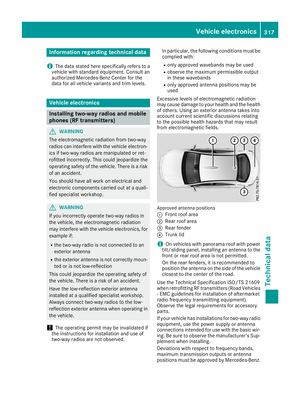 319
319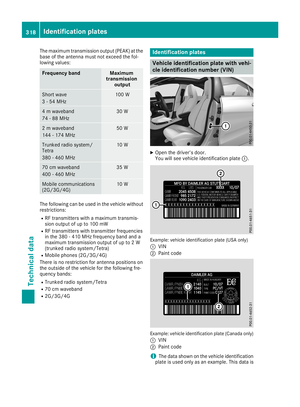 320
320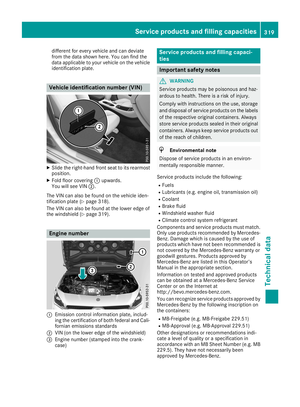 321
321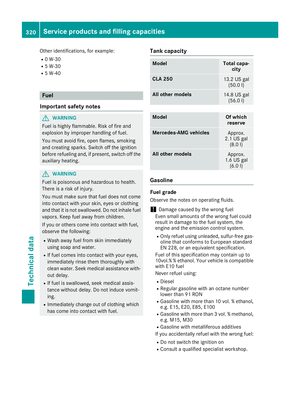 322
322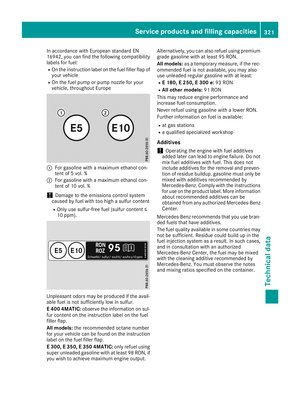 323
323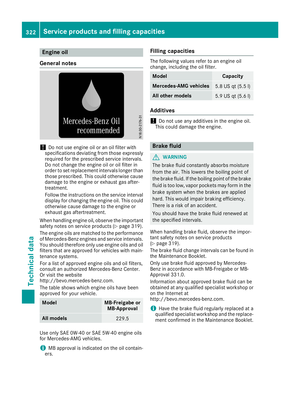 324
324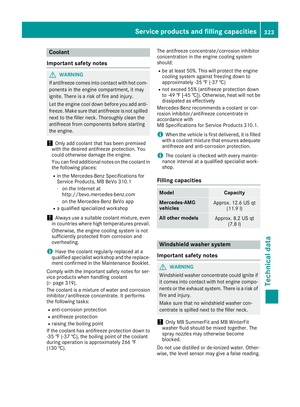 325
325 326
326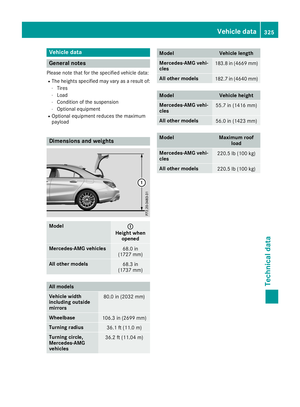 327
327 328
328 329
329






